|
Week ending: 30, 31 December: Hogganfield Park LNR
(Map)
Weather-wise, it was a miserable end to the year. Our usual jaunt to the coast was postponed
once again due to Festive duties. However, I did manage a couple of short, but productive visits
to Hogganfield Park LNR ( Website).
My first visit was on Friday afternoon. The rain abated temporarily, and the Sun even made a brief
appearance as I parked, so I set off smartly while the rain was having a rest. As usual there were
birds by the lochside car park: Herring Gulls, Goosanders and Whooper Swans but there
weren’t any Mute Swans. I was especially concerned by this as there had been an outbreak of
bird flu at the park resulting in the death of many birds, mainly Mute Swans
| 1st Cycle Herring Gull |
Herring Gull |
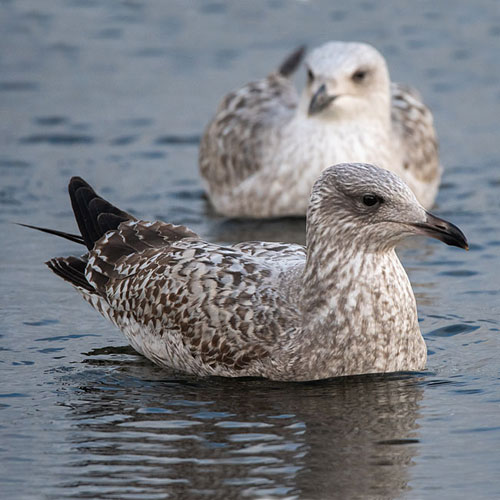 |
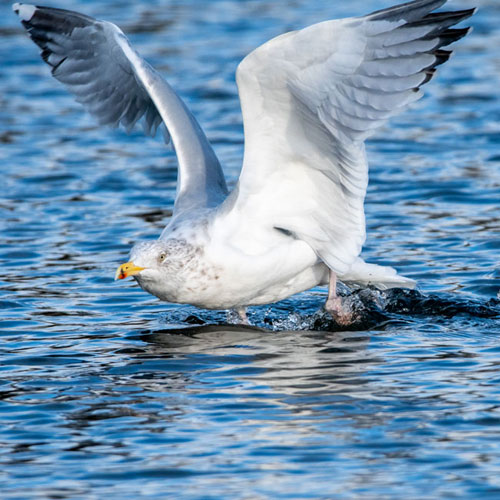 |
| Drake Goosander |
Whooper Swan |
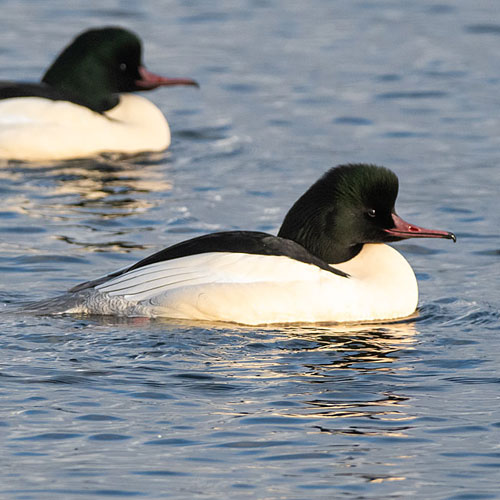 |
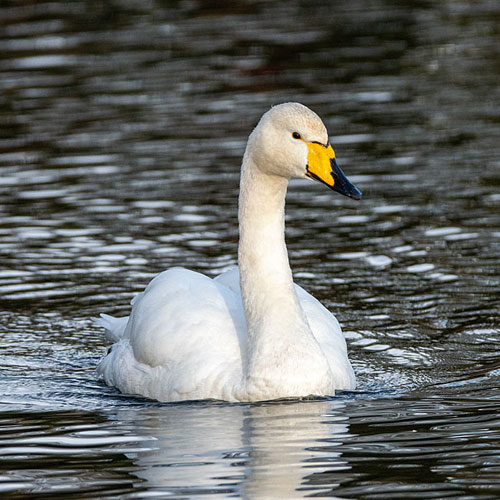 |
There were a few Moorhens and more than a few quarrelsome Coots at the car park end of
the Loch. As usual, there were also many Feral Pigeons waiting for the next bread-throwing
individual. Warning signs were posted instructing people NOT to feed the birds since the
crowding increases the risk of spreading the virus throughout the bird population and also may
infect dogs and even humans. Unfortunately there is a sort of individual who treats such a warning
as a challenge. On my two visits there was never a time when there wasn’t at least one person
standing by the warning signs throwing bread. The birds of course were delighted, especially the
Black-headed Gulls. Realising that there was nothing I could do about it, I redirected my
attentions to the Goldeneyes diving yards from the water’s edge and the lively Whooper Swans.
| Coot |
Moorhen |
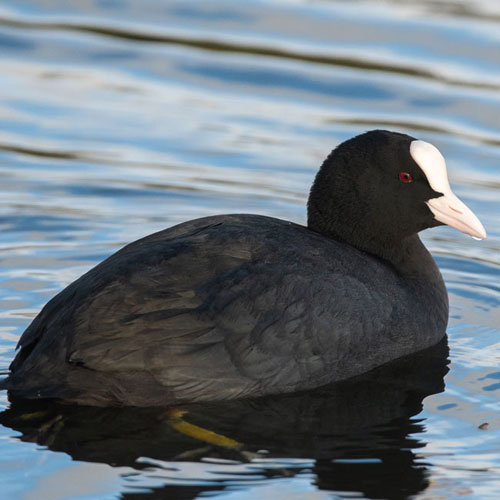 |
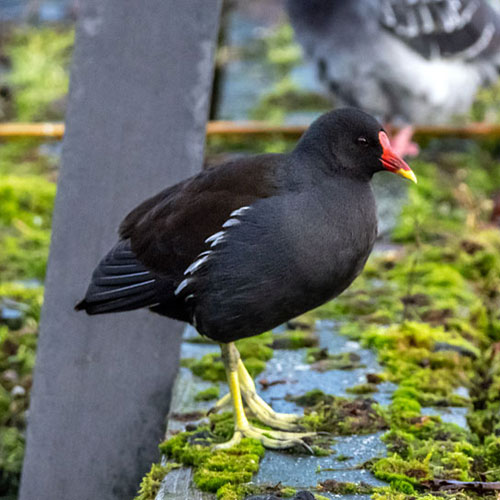 |
| Feral Pigeon |
Black - headed Gull |
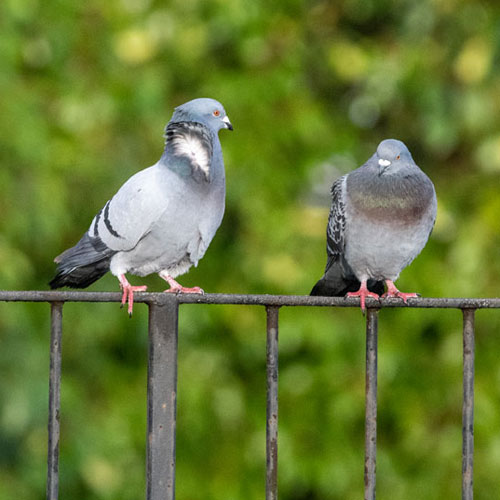 |
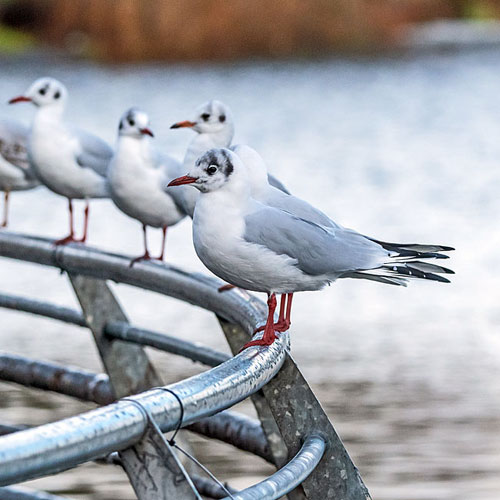 |
| Goldeneye |
Whooper Swan |
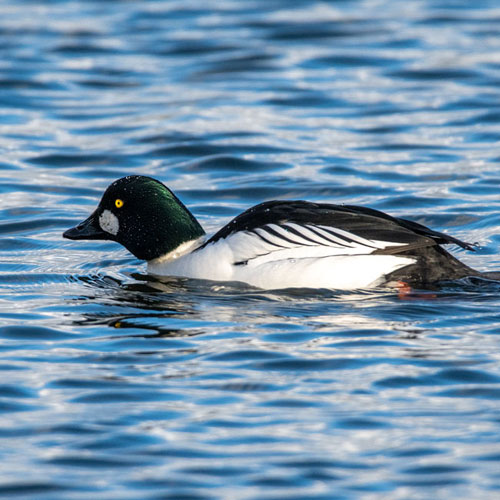 |
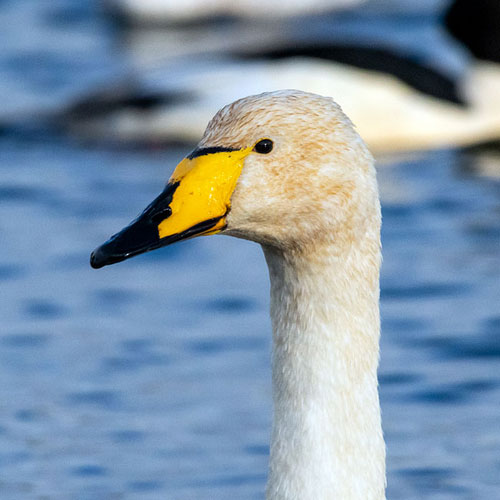 |
I set off on an anticlockwise circuit of the site. Very soon I came across the heartening sight of a
large flock of Mute Swans amassed in the southwest corner of the Loch. I can only guess why
they had all gathered there; maybe it was part of their courtship behaviour.
I snapped a Magpie foraging on the short grass as a honking Canada Goose and female Mallard
flew past. I turned right onto the rough path past the wee pond where I encountered a group of
Bullfinches that were feeding, or perhaps drinking from the footpath. I heard some Fieldfares darting overhead and managed a decent record shot before they vanished behind the
trees.
| Magpie |
Canada Goose |
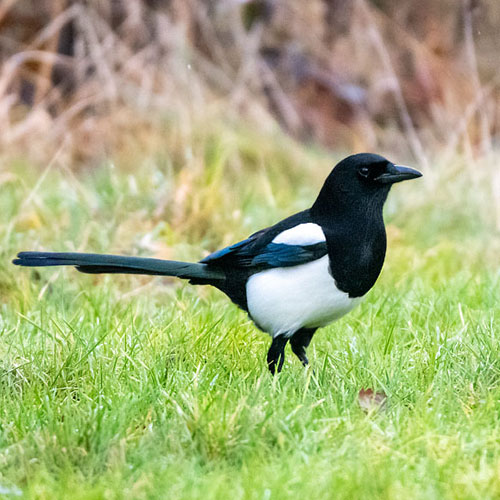 |
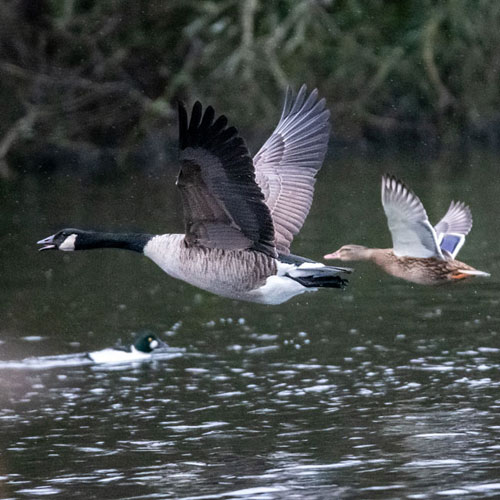 |
| Bullfinch |
Fieldfare |
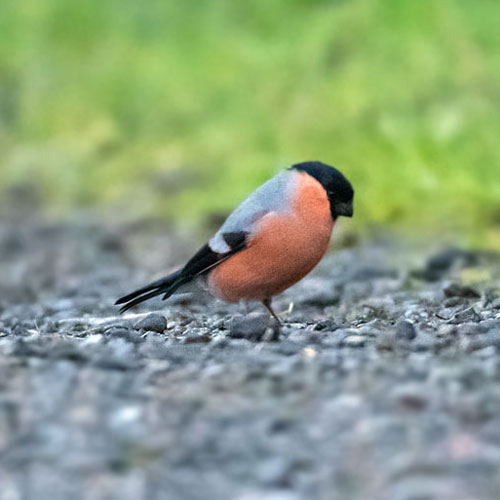 |
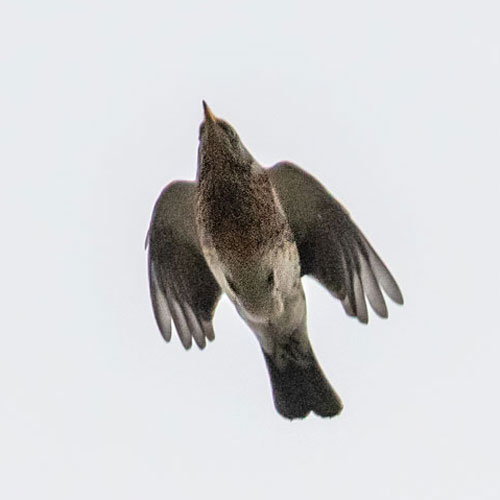 |
I was delighted to see some Roe Deer at close quarters as they drifted slowly through the
undergrowth. At first they were no more than about 10m from the path until they were spooked by
a passing high-viz cyclist.
| Male Roe Deer |
Female Roe Deer |
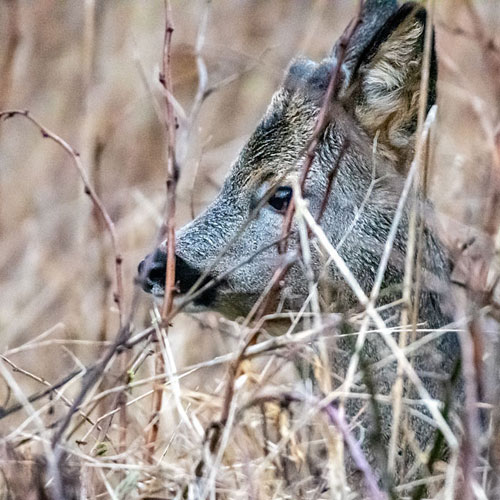 |
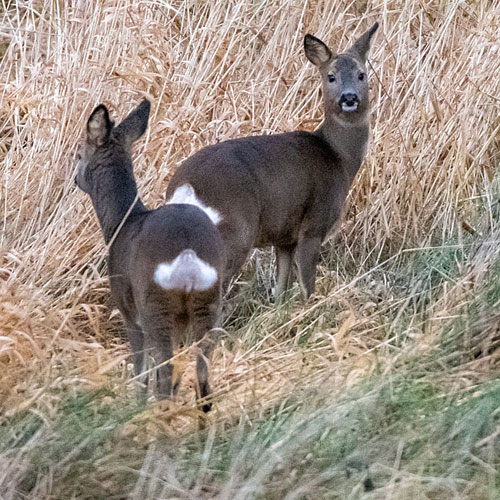 |
The rest of my circuit was fruitless and it had started to rain, so I called it a day. I returned to the
park on Saturday, despite the weather conditions being damp and grey. However I pressed on,
determined to get some more decent pictures and made an encouraging start with a shot of a
young Great Crested Grebe as it dived just beyond the usual melee at the car park. Mute Swans
were in attendance on this occasion, as well as the Whoopers. A park official was dispatching a
sack of feed into the Loch, attracting bids from far and wide. Moorhens and Coots were tucking in
despite the turmoil created by the crowding of the much bigger birds.
| Great Crested Grebe |
Mute Swan |
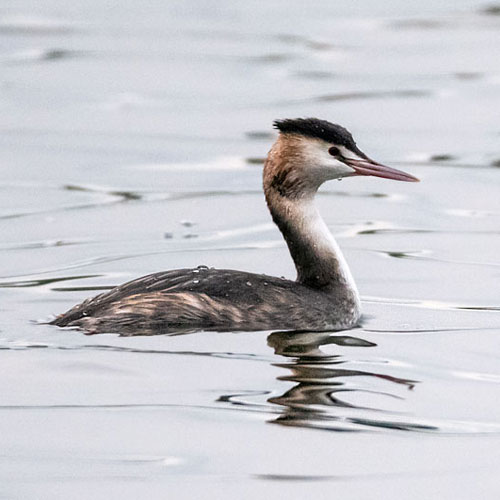 |
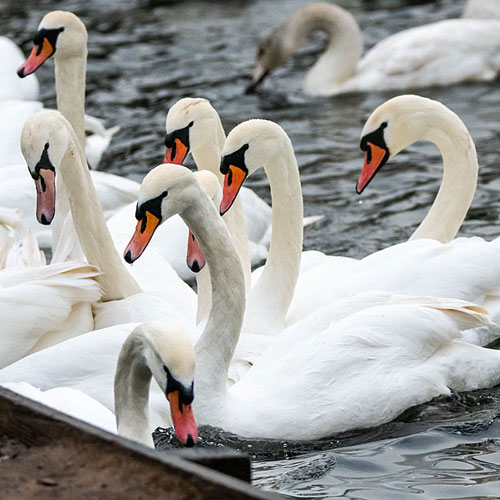 |
| Whooper Swan |
Moorhen |
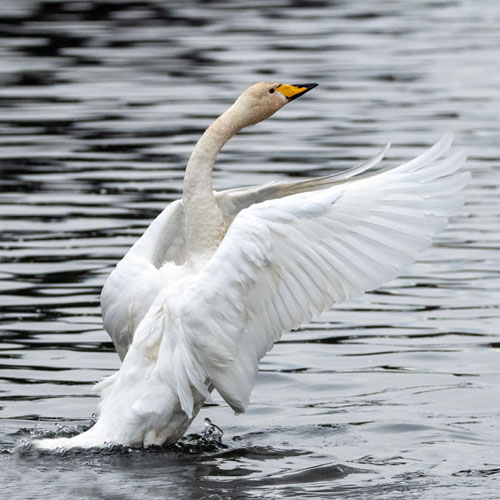 |
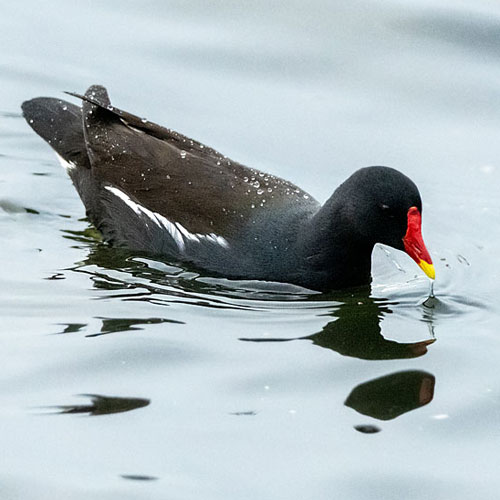 |
The Coots battled each other for the best feeding territory.
Tufted Ducks had joined the party, although they were sweeping up seed from the periphery
rather than getting stuck into the rabble. Again, I spent some time observing the Goldeneyes as
they made repeated dives underneath the feeding birds. Each time a Goldeneye surfaced it
hightailed it, squawking, away from the dangers of the feeding zone.
Once again I set off on my customary circuit of the park. Near the play park I noticed a pair of
Mute Swans getting all lovey-dovey . I watched to see if I could get the classic shot of their
heads and neck in the shape of a heart - close, but no banana! There was a large Grey Heron
perching on branches on the east side of the island, and near the wee pond I photographed a
Blue Tit as it moved rather acrobatically about the high branches. I was excited to see a Kestrel sitting high on a branch of a distant tall tree just beyond the east end of the loch. I
attempted to get a closer shot but the bird was aware of me and kept a distance between us.
| Mute Swan |
Grey Heron |
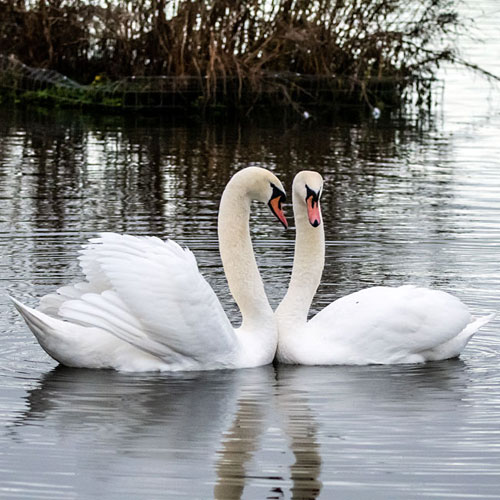 |
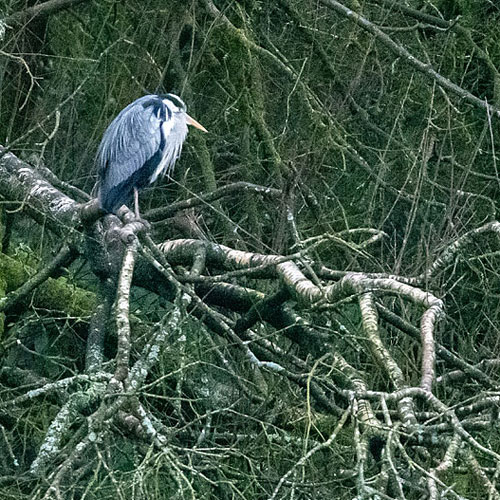 |
| Blue Tit |
Kestrel |
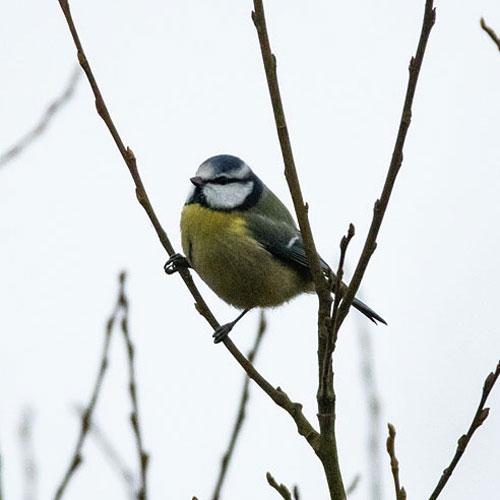 |
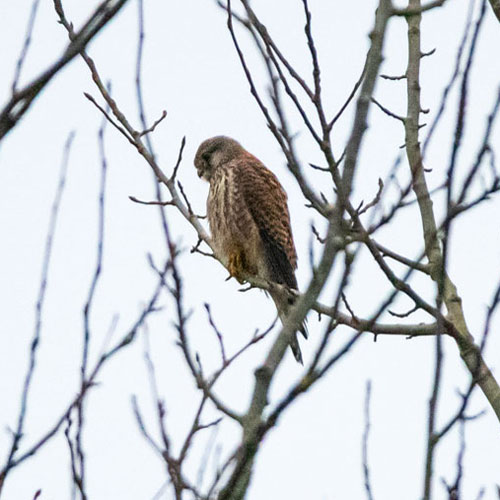 |
As my circuit neared completion, another Blue Tit landed on a low bush, this time about 4m away,
rather than 40m. It posed nicely for me, although the light was fading. Near the car park there
were damp Velvet Shank mushrooms at the base of a lochside tree stump, while a couple of
Mallards paddled beyond the other side of the stump. Back at the car, a bold Coot left the safety
of the water to search the bank for any remaining seed grains. I finished the trip with pictures of a
2nd year Black-headed Gull and a pretty Feral Pigeon hybrid.
| Blue Tit |
Velvet Shank |
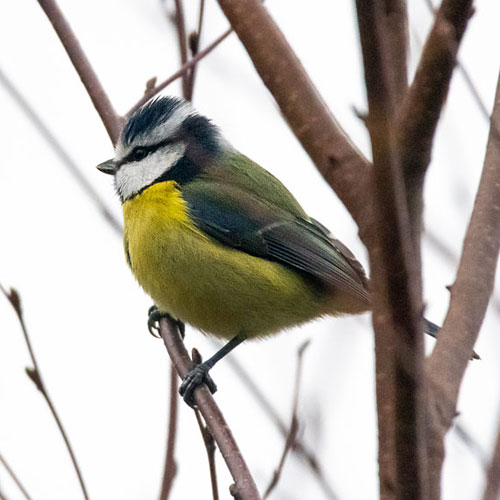 |
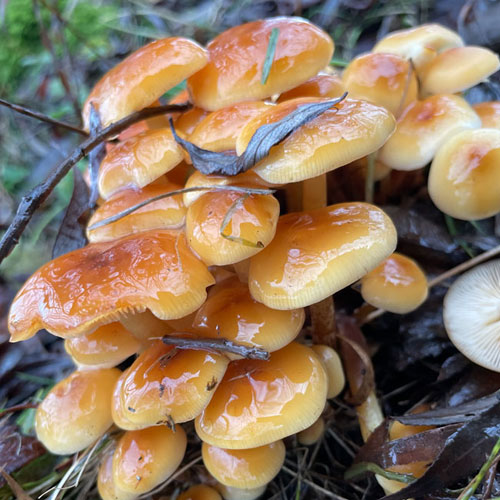 |
| Mallard |
Coot |
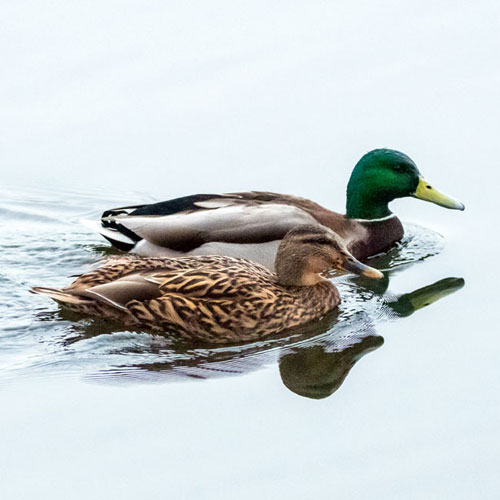 |
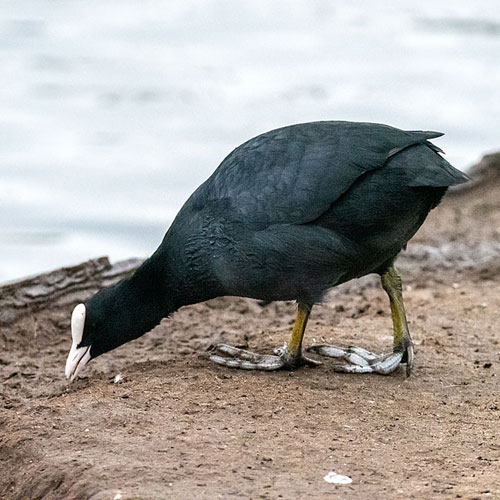 |
| 2nd Cycle Black - headed Gull |
Feral Pigeon |
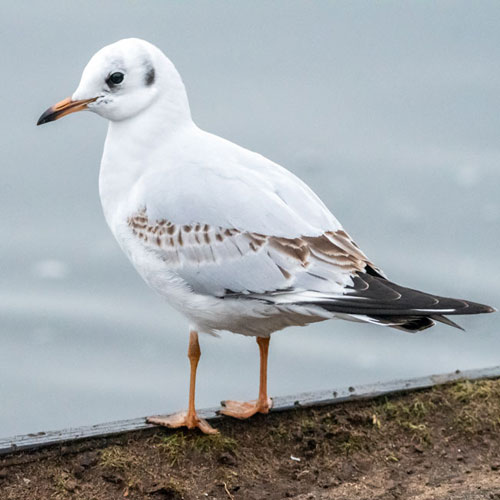 |
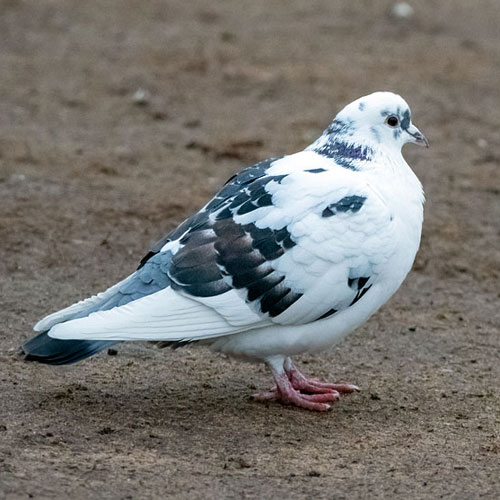 |
There’s always something to see at Hogganfield and that’s why it is one of my favourite places to
visit. Now that the Festive Season has passed, John and I should manage a trip further afield,
hopefully in fairer weather. A guid New Year tae yin an’ a’
Week ending: 24,25th December 2022: Strathclyde County Park
(Map)
With Christmas Day falling on a Sunday, I had to curtail my ramblings but managed an hour’s walk
in Strathclyde Country Park (Website) on Christmas Eve and also Christmas Day. Once again John
couldn’t make it, so I once again had to rely on my own spotting. The weather was a bit hit and
miss and, as it turned out, Saturday was a hit, but Sunday was a bit of a miss (as indicated by my
WeatherPro app, below).
When I arrived at the Foreshore car park there was hardly a cloud in the sky. There were Mute
Swans feeding on the short grass and the sound of flocks of lively Carrion Crows was emanating
from the surrounding trees. At the lochside I spotted one strangely marked crow, a hybrid of
Carrion Crow and Hooded Crow . By the water’s edge there was a large Canada Goose standing on one leg and a few Greylag Geese were nibbling grass.
| Mute Swan |
Hooded Crow x Carrion Crow |
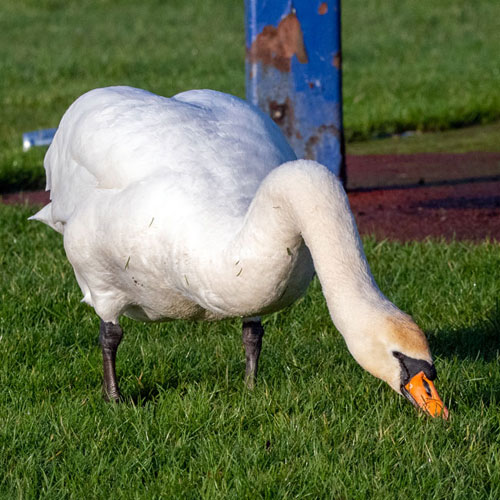 |
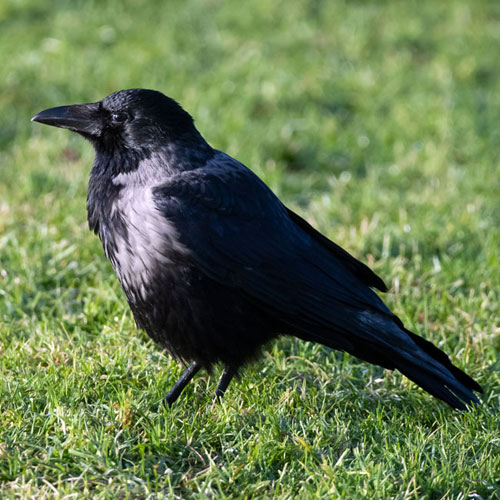 |
| Canada Goose |
Greylag Goose |
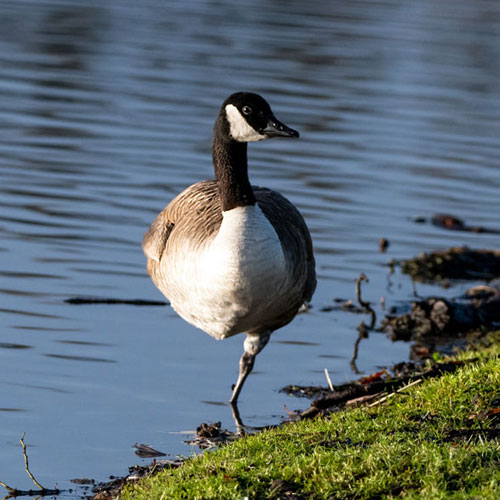 |
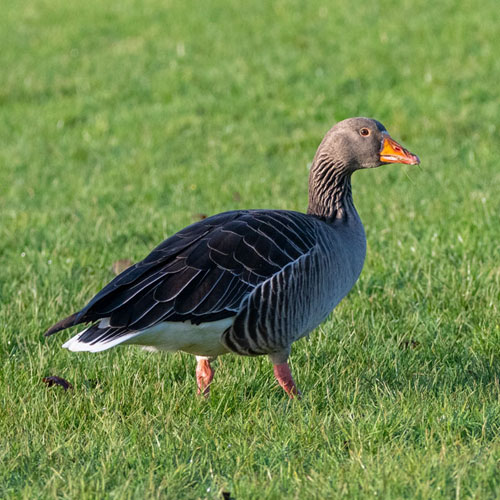 |
A trio of honking Greylags flew in, circling the area briefly before descending dramatically onto the
grass.
I set off towards the bridge over the mouth of the South Calder. There were a few Mallards on the
river. As I photographed one, a small blue bird darted past. It was a Kingfisher. I managed to see it
land but, typically it was in an area surrounded by dense bushes so all I managed was a shot of
its back. As I approached the footbridge I scanned the boom that was stretched across the river
to catch debris before it emptied into the Loch where it might interfere with the various
watersports activities. There were a couple of Goosanders poking around the debris gathered at
the boom and also a large Grey Heron. There was also a well-illuminated drake Mallard preening
by the water’s edge. I crossed the bridge and walked past the preserved ruin of a Roman
Bathhouse. A female Mallard paddled along the river in line with me as I walked along the
riverside footpath.
| Drake Mallard |
Kingfisher |
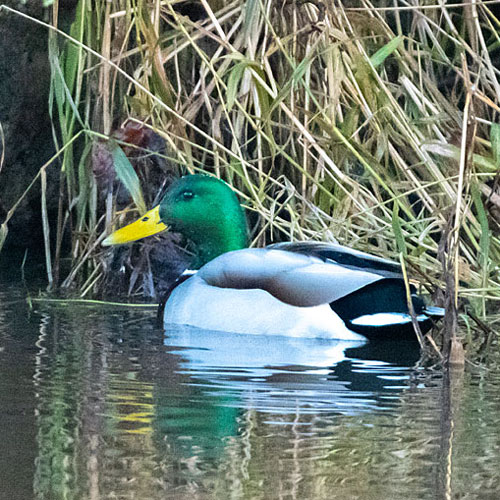 |
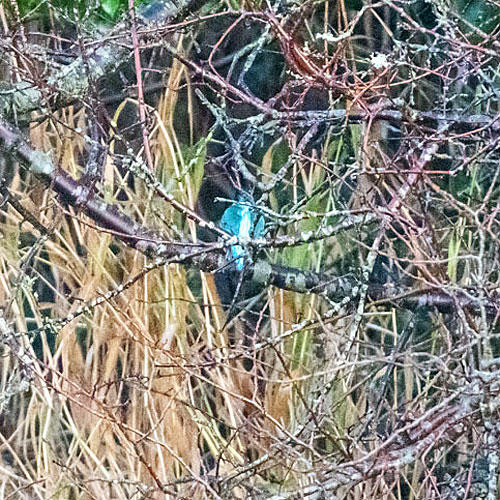 |
| Female Goosander |
Grey Heron |
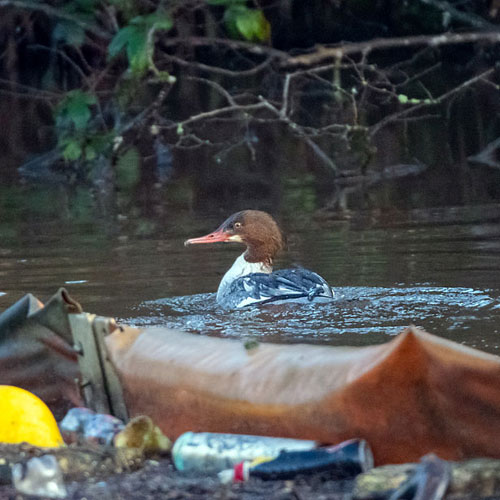 |
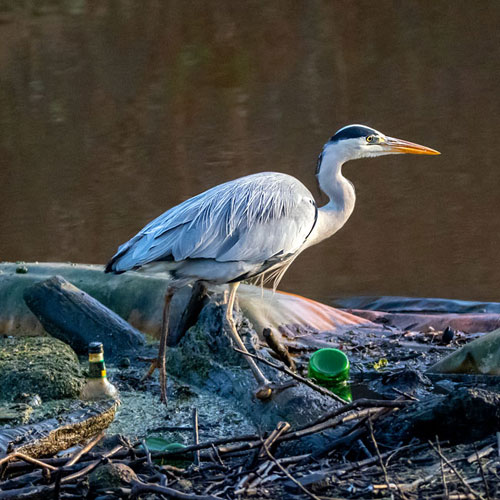 |
| Drake Mallard |
Female Mallard |
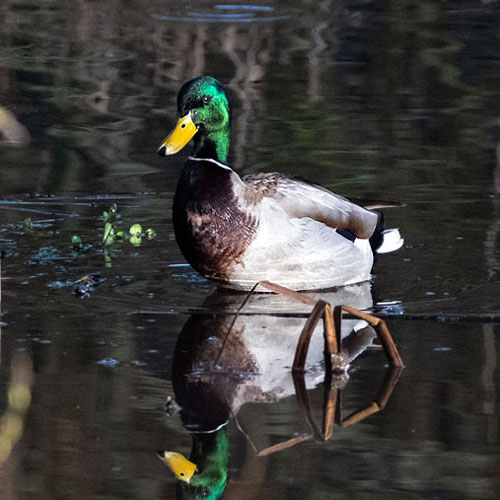 |
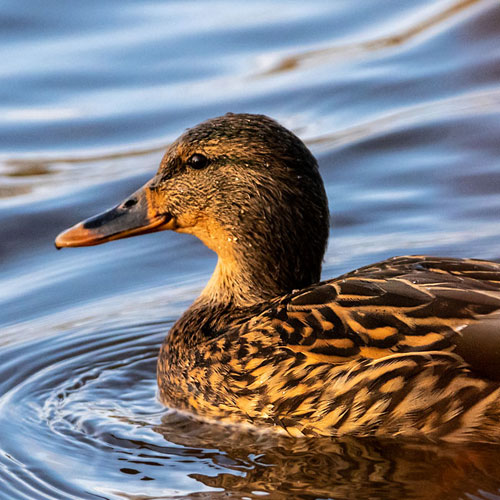 |
I heard some unfamiliar bird calls from overhead and on looking up immediately realised it was a
Sparrowhawk being mobbed by a couple of Crows. I was lucky enough to snap them just
before they vanished behind the treetops by the site of the Roman Fort.
1
The Sparrowhawk, a male, evaded the crows rather easily and returned briefly a few moments
later. I noticed a few Goldeneyes diving in the Loch and also a few Goosanders, some of
which were drying off on a large chunk of tree about 100 mts away from the mouth of the river.
| Sparrowhawk |
Goldeneye |
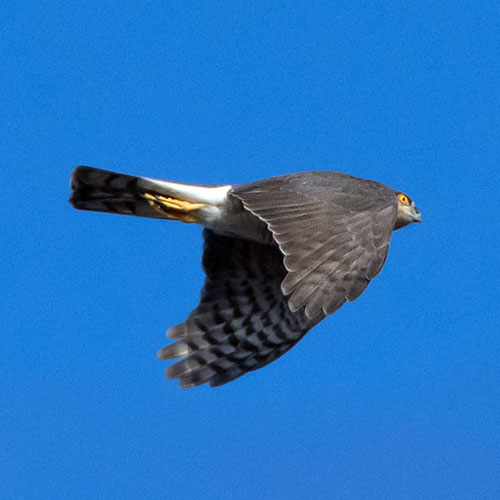 |
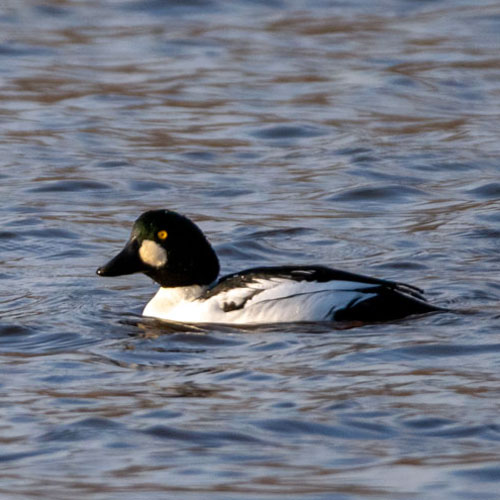 |
| Female Goosander |
Drake Goosander |
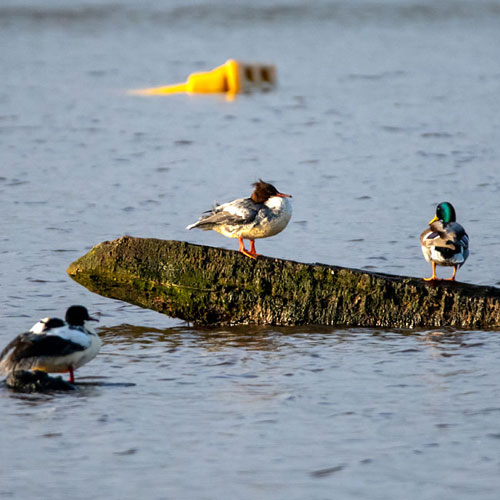 |
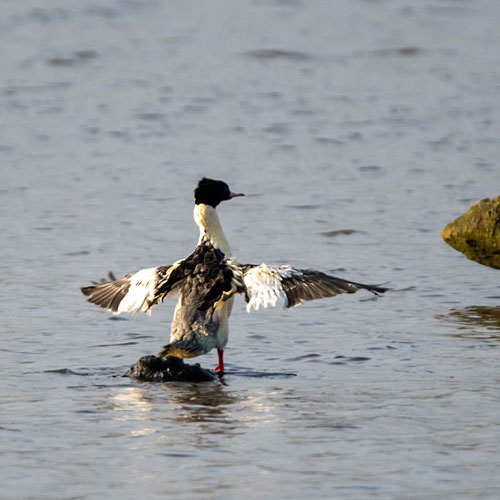 |
A large number of Cormorants were assembled along what looked like a long tree log.
I came across a Buzzard that was perched on a small tree. It was only about 40m from the
footpath and was watching me as I calmly photographed it. I returned to the edge of the Loch
trying not to spook it, but to no avail, since a dog walker managed to put it up. However that
allowed me to take a few flight shots of it before it flew over the treetops and out of site.
On my way back to the car I spied two Grey Squirrels high up on the roadside tree nibbling
it’s fruits. I think the smaller of the two was a juvenile. They too were frightened off, this time by a
passing cyclist with blaring radio.
On Christmas Day I parked at the south end of the park. The weather was wet, cold and dull.
However I waited for a lull in the rain and set off for a simple walk around the edge of the Loch. I
was looking for the reported Ring-billed Gull, probably the same bird that visited last year. I
remembered that it preferred to perch on a large buoy labelled “F”. No such luck as that berth
was taken on Sunday by a Common Gull. There were Goldeneyes near the Finishing Tower, as
well as plenty of Mute Swans. Almost every orange lane buoy was occupied with a perching bird,
mainly juvenile Herring Gulls, although there was a Great Black-backed Gull among them
and a few diving Goosanders. Of course there were also large numbers of Black-headed Gulls.
| Common Gull |
Goldeneye |
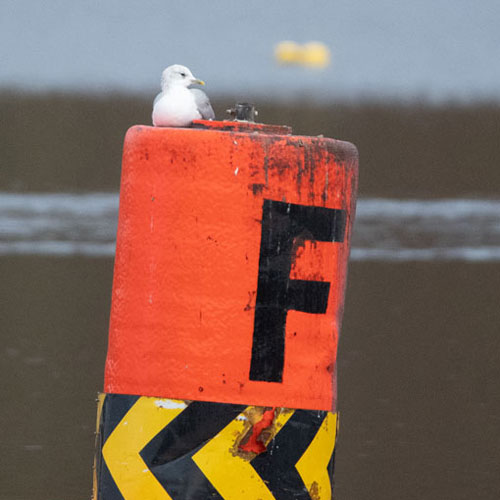 |
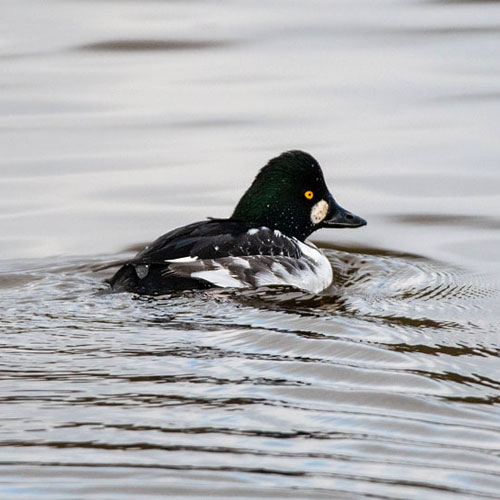 |
| Mute Swan |
1st Cycle Herring Gull |
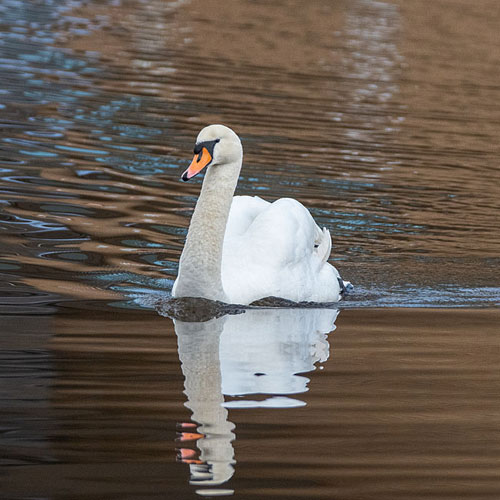 |
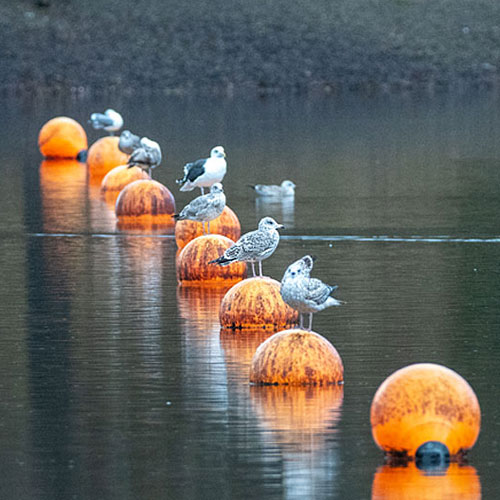 |
| Great Black - backed Gull |
Black - headed Gull |
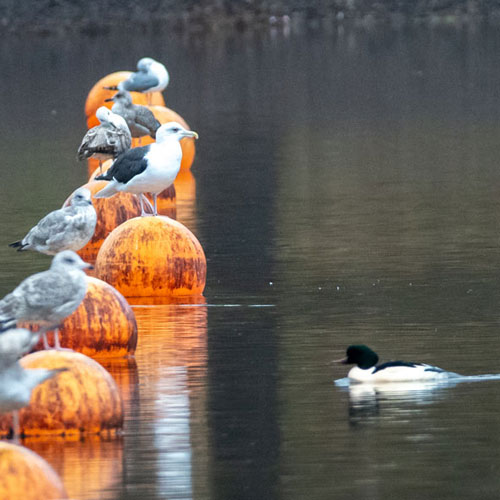 |
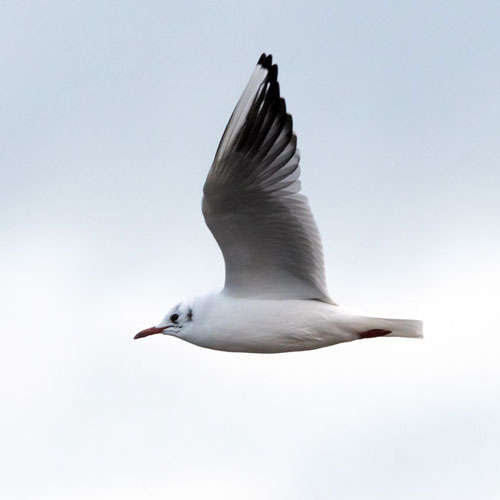 |
Below is a view of the Boathouse and Finishing Tower as seen from the opposite side of the Loch.
I walked to the Beach car park where I was watched carefully by a Jackdaw as it waited for the
next feeders to arrive. On the Loch, a pair of Cormorants surfaced but I could hardly see them
through the gloom caused by the approaching rain. Before I returned to the car though,
I photographed a group of Greylag Geese honking on the small sandy beach and also a hybrid
duck, a cross of Domestic (Mallard) and Muscovy ducks, a nice find to end my brief visit to
my favourite park.
| Jackdaw |
Cormorant |
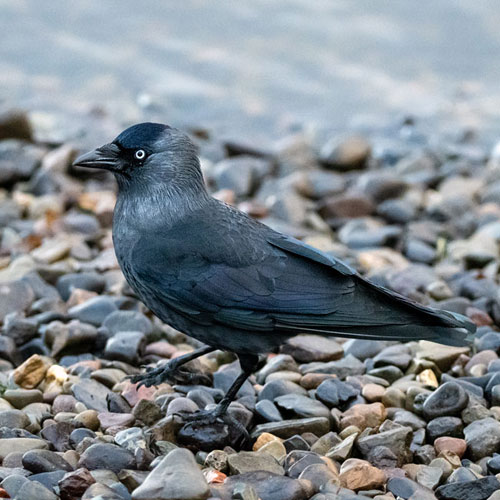 |
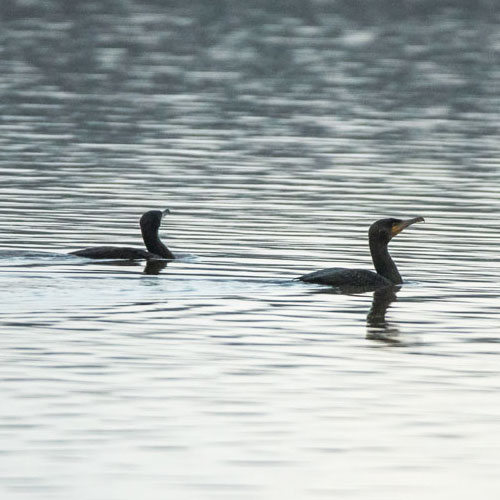 |
| Greylag Goose |
Mallard x Muscovy Hybrid |
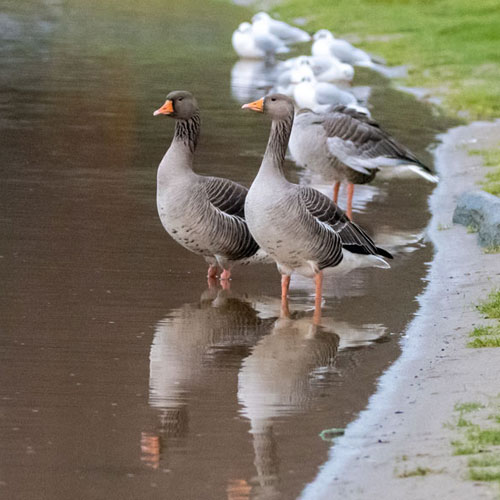 |
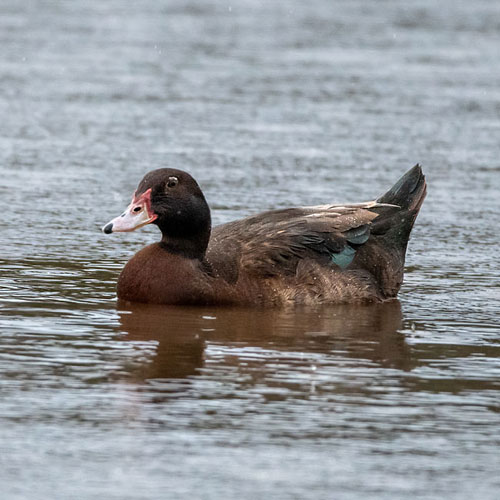 |
I was very pleased with my sightings over the two short afternoon visits. The highlights were the
raptors, the squirrels and the hybrid duck. Next weekend will be New Year’s Eve and New Year’s
Day, so will probably be another pair of mini-outings, probably in similar weather conditions. I’m
looking forward to it.
Week ending: 18th December 2022: Musselburgh
The weather prediction for Sunday was quite depressing: still icy cold but cloudy and windy with
heavy rain moving in from the Southwest. My best option seemed to be in the East, where those
conditions would arrive by mid-afternoon. So my plan was to do a whizz-bang tour of my
favourite spots in Musselburgh, aiming to get sufficient sightings for this blog - and then hightail it
home to catch the start of the World Cup final. My faithful companion, John, had to call off, so it
would be a solo mission, but one I was looking forward to. Could I take decent pictures in wet and
windy conditions?
To save time, I didn’t have my customary Morrisons breakfast, so after a comfortable drive along
the M8 and A1, I arrived at Levenhall Links car park and I was soon pointing my camera lens at an
accommodating Carrion Crow that was standing on a frozen mound at the edge of the car park.
The light was very poor and the few birds I could see on the Firth of Forth were too far out for
decent pictures. The Scrapes were equally disappointing. They were covered with layers of ice
and the only bird I saw was a Carrion Crow ripping into what looked like a frozen bird carcass.
Disappointed but not discouraged, I returned to the car and drove to the Millhill car park, by the
River Esk. I was delighted to see and hear many birds in the area. As soon as I got out of the car I
was accosted by a hungry juvenile Herring Gull bounding down the riverside footpath. There were
many adult Herring Gulls on the river shallows, as well as the smaller Black-headed Gulls. Also
the usual Mute Swans and Mallards were present, but not in any great numbers.
I could hear birds chattering above me, most of which were Starlings, but but I also
photographed Goldfinches and Woodpigeons. Their cousins, the Feral Pigeons were on the
slipway below, awaiting bread-throwing humans.
| Starling |
Goldfinch |
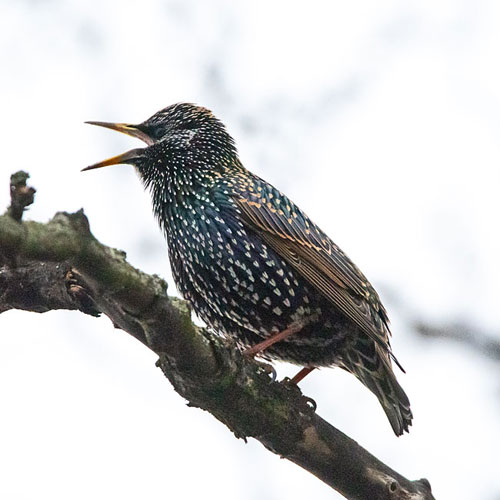 |
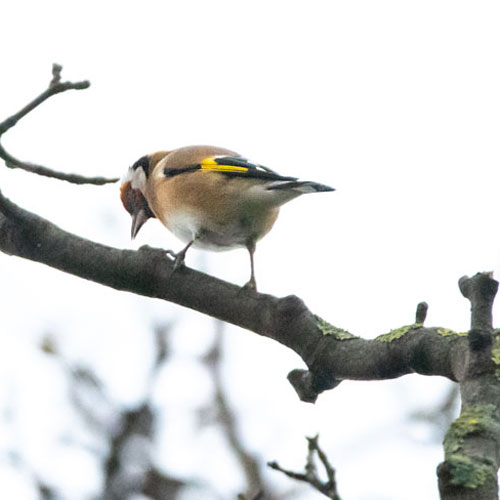 |
| Wood Pigeon |
Feral Pigeon |
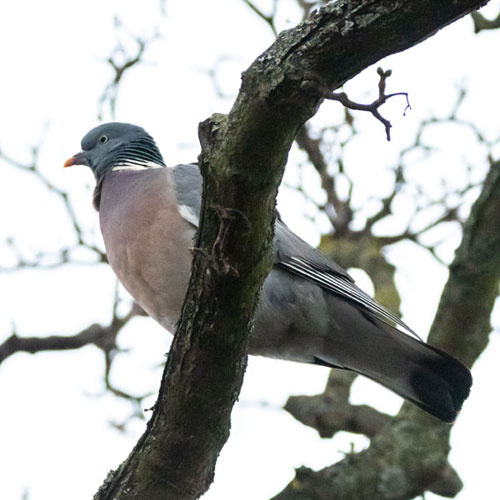 |
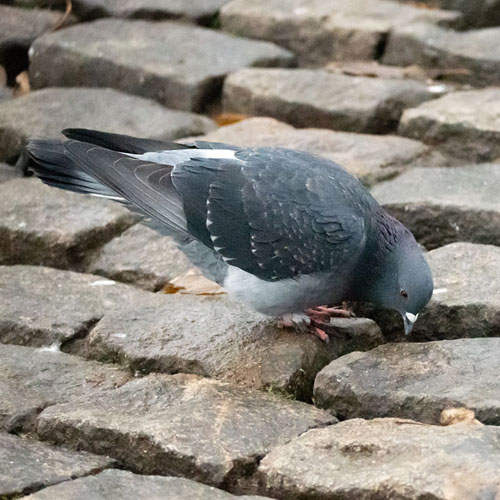 |
I walked further upstream towards the New Bridge and I came across Mallards that were very
mobile, probably due to courtship behaviour. The males were competing for the attention of the
females, but their attentions didn’t seem to be entirely appreciated by the females, who frequently
took to the wing, only to be pursued by the hot-blooded drakes. I suspect it was a similar story for
the Goosanders I saw, as they too were similarly mobile.
| Drake Mallard |
Female Mallard |
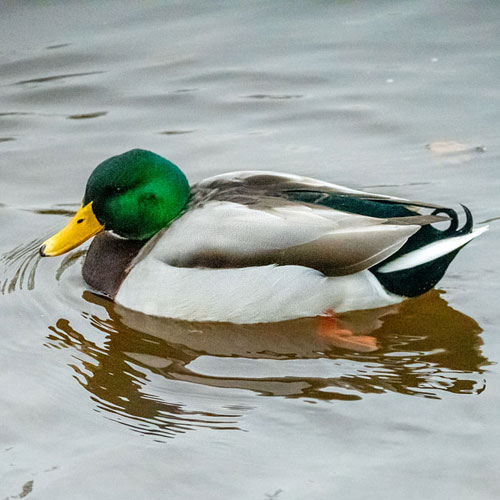 |
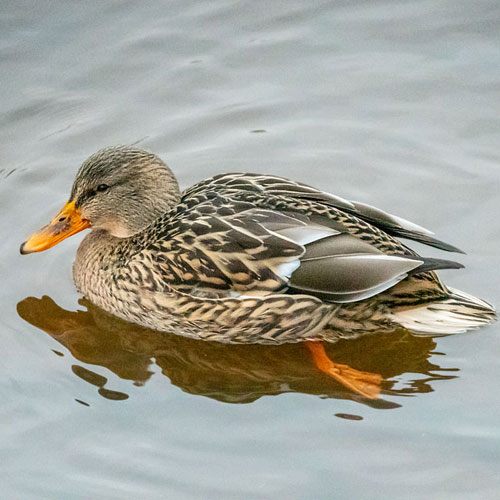 |
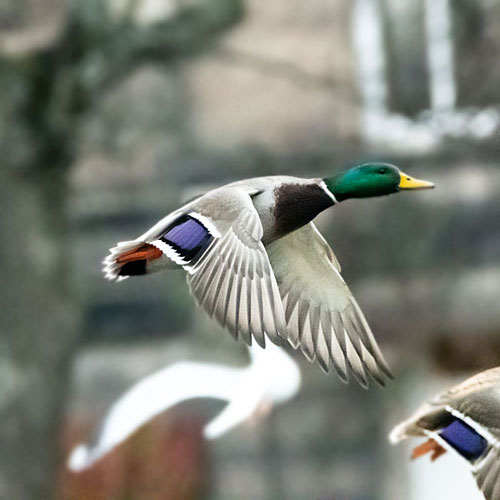 |
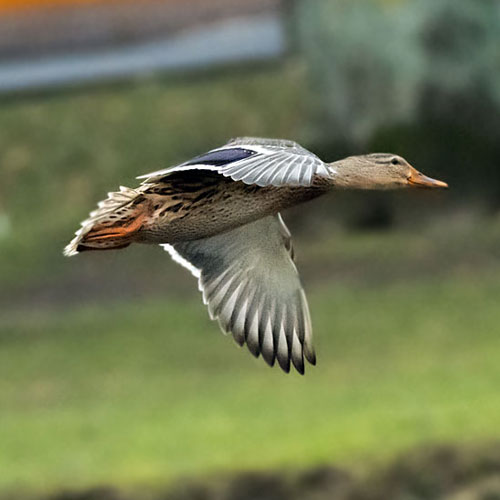 |
| Female Goosander |
Drake Goosander |
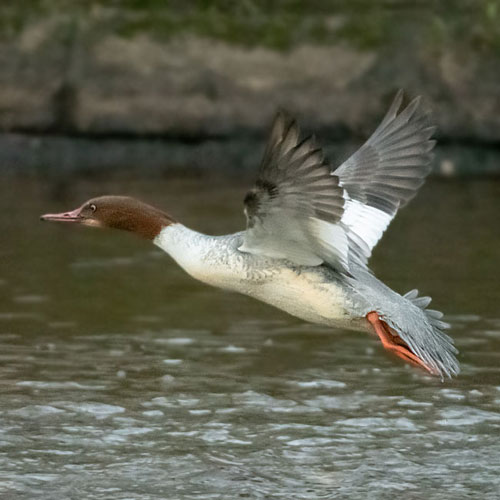 |
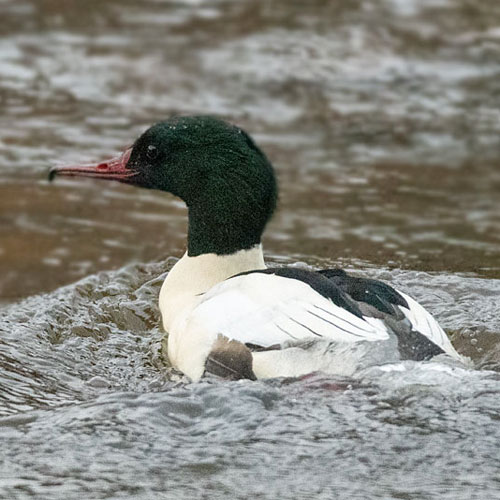 |
One frantic female Goosander flew in and made a big splash opposite where I was standing.
However, a drake appeared within seconds to carry on his quest for a mate.
I passed under the New Bridge and continued towards the Roman Bridge and managed a few
shots of a Moorhen that was foraging on a narrow island. Near the island, a female
Goldeneye appeared but was off as soon as it saw me. I heard the familiar calls of a flock
of Long-tailed Tits moving about the bushes on the island. There were also Blue Tits
accompanying the them.
| Moorhen |
Female Goldeneye |
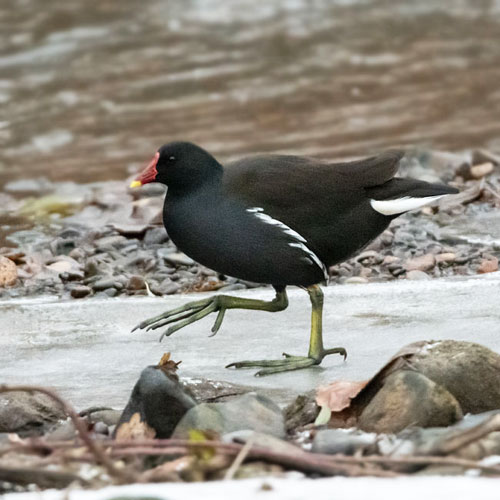 |
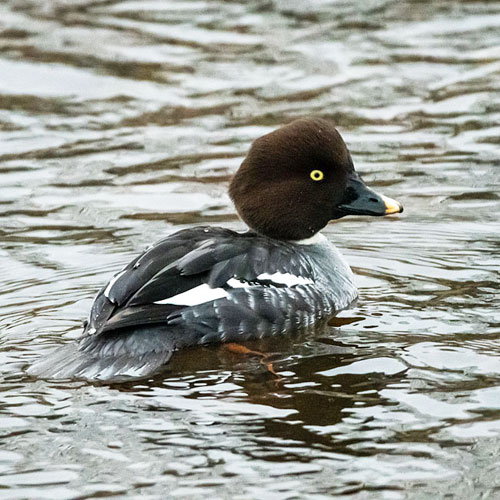 |
| Long - tailed Tit |
Blue Tit |
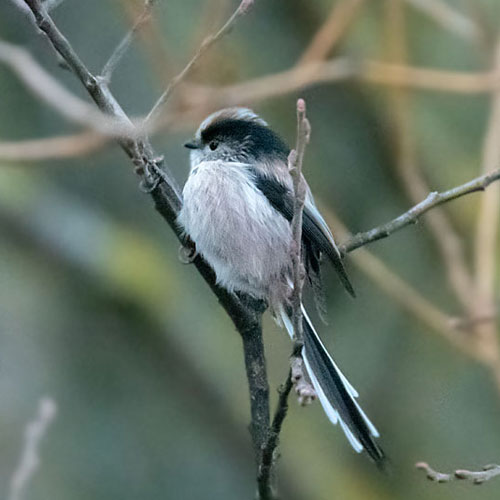 |
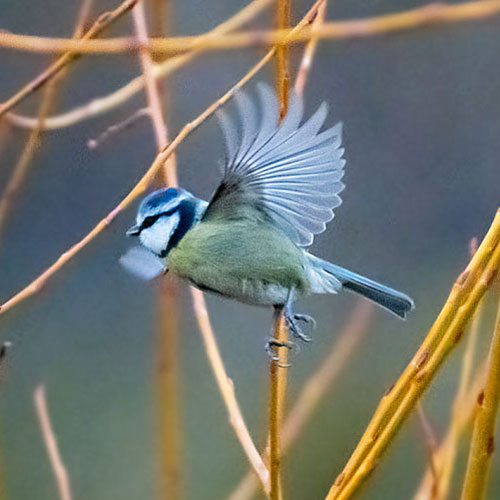 |
A large flock of Canada Geese were grazing on the grass by the Roman Bridge. They didn’t
seem to mind my presence.
Most of the geese were around the Musselburgh Archer statue. I got some nice shots of the birds
as they argued, flapped and fed. Also, I noticed a couple of Canada X Greylag hybrids among the
flock. As I walked back to the car I got some nice shots of a Herring Gull on a Council bin and a
shabby Oystercatcher searching the short grass for worms and snails.
I scanned the River Esk as I drove down Goose Green Crescent and sure enough I spotted
something of interest. A sizeable flock of Wigeon were on the river beside the opposite bank.
They were probably feeding on the grass and had taken to the safety of the water after being
spooked by a dog .
After photographing the Wigeon, I continued my short drive to the Eskmouth, parking near the
Cadet Hall. The tide was going out and birds were starting to gather at the edges of the estuary as
the rocky seabed became exposed. A drake Wigeon was one such bird. Next, I noticed a Ringed
Plover which was almost impossible to see when standing still in the dim light. Rather easier to
see was a lone Curlew. A couple of Dunlin turned up and then a Black-tailed Godwit. Perhaps my
favourite sighting of the day was a Grey Plover that toddled along the shallows looking
rather forlorn.
| Wigeon |
Ringed Plover |
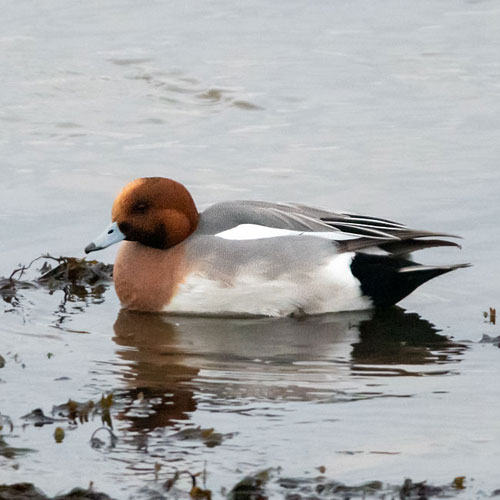 |
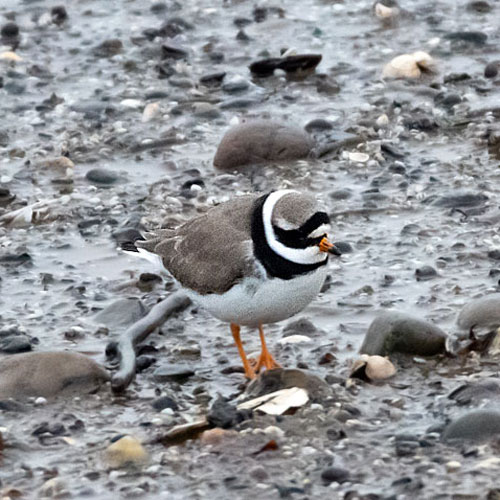 |
| Curlew |
Dunlin |
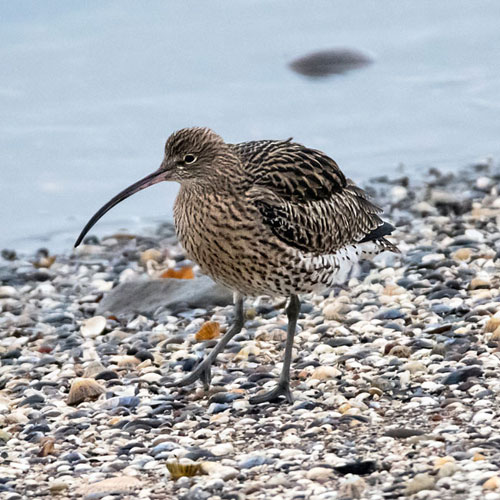 |
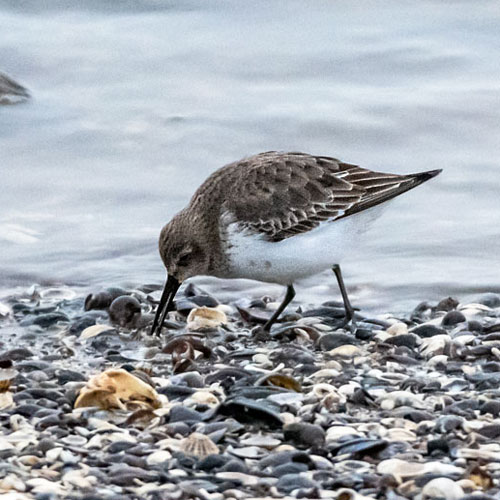 |
| Bar - tailed Godwit |
Grey Plover |
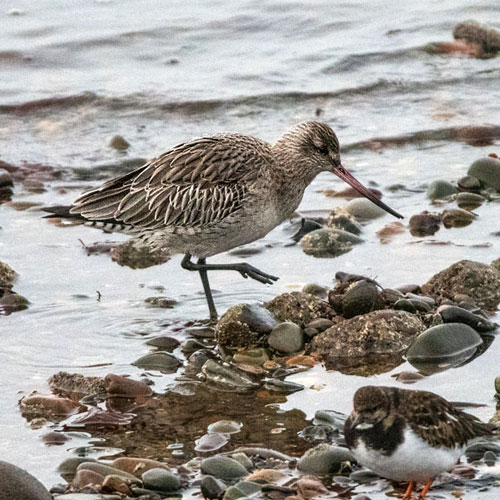 |
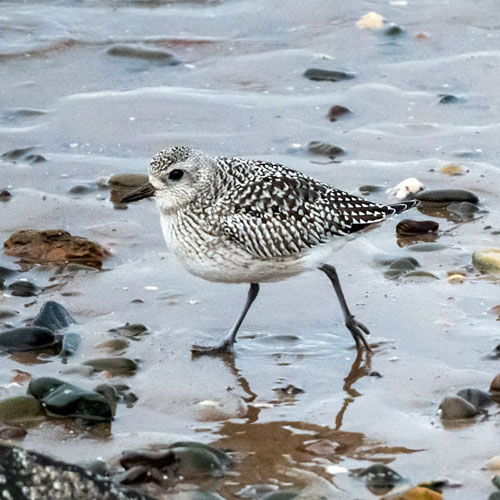 |
Earlier I witnessed the courtship shenanigans of Mallards and Goosanders. A similar sort of story
was playing out on the River Esk estuary. The birds this time were Goldeneyes. The drakes
try to get the attention of the females by throwing back their heads onto their rear accompanied
with a high croaking sound called a peent.
As I photographed the Goldeneyes, I admired the dull but still impressive panorama to the west.
The left of the picture shows the impressive snow-covered Pentland Hills far in the distance
behind Portobello with Edinburgh and Arthur’s Seat prominent on the right.
On my way back to the car I photographed some Turnstones that flew in from the opposite bank.
They settled on the water’s edge just below the sea wall. They seemed to set off a pair of
Oystercatchers that started their annoying high-pitched calls. My final picture was of a Bar-tailed Godwit
passing one of the protesting Oystercatchers.
Satisfied with my haul of photographs, I headed home. It had been good timing because as I left,
the light deteriorated and it started to rain. As I drove home, I decided that my favourite shots
were of the Grey Plover and the Tits and I enjoyed observing the various courting birds. I think I
achieved my objective. Mission accomplished.
Week ending: 11th December 2022: Doonfoot
My WeatherPro app predicted cold and bright weather for the Ayrshire coast so we headed to
Doonfoot, our first visit there since July. We tried out the cafe in Castlehill Road Morrisons. It was
the first time we’d been there and we were very pleased with our breakfasts (9/10: very good, -1
for cold toast) so we’ll probably return there on future outings.
The sky was blue, the Sun was low but bright with a golden glow and there was hardly a breeze. It
was cold though, but we were well-wrapped. We parked at the Castle Walk car park and
immediately were surrounded by birds. I hurriedly unpacked my camera and within a few minutes
I had photographed a Song Thrush , Robin and Greenfinch , all within a few metres of
the car. The pond adjacent to the car park was frozen over but I saw (but didn’t photograph) Teal
flying from there, disturbed by a few kids playing with ice. We walked towards the mouth of the
River Doon, encountering House Sparrows and a female Blackbird in the bushes and also a pair
of Rooks foraging on the short grass.
| Song Thrush |
Robin |
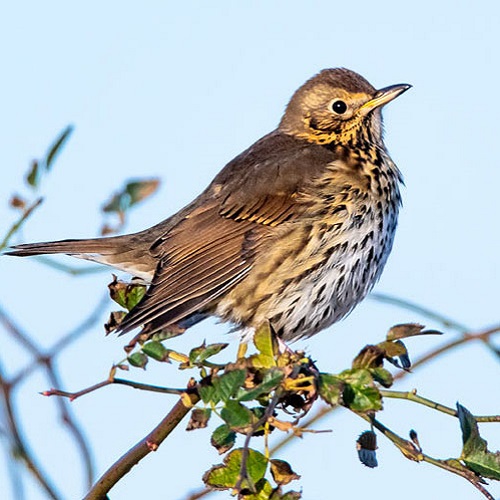 |
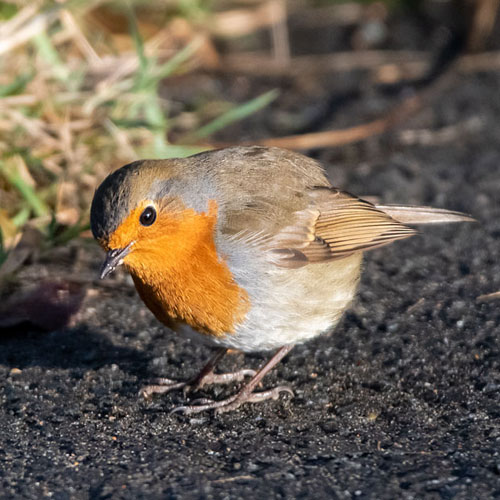 |
| Female Greenfinch |
House Sparrow |
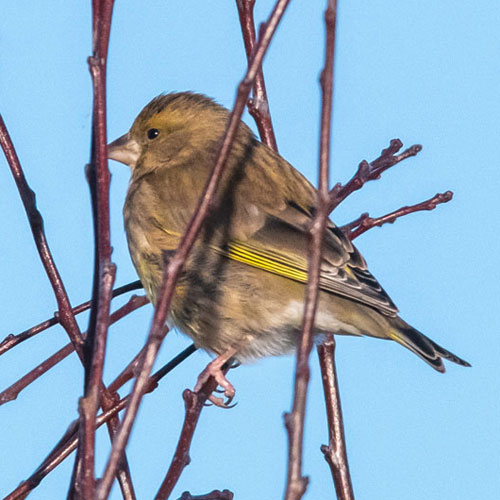 |
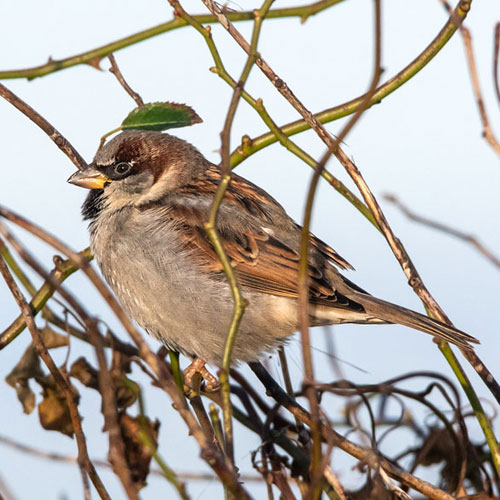 |
| Female Blackbird |
Rook |
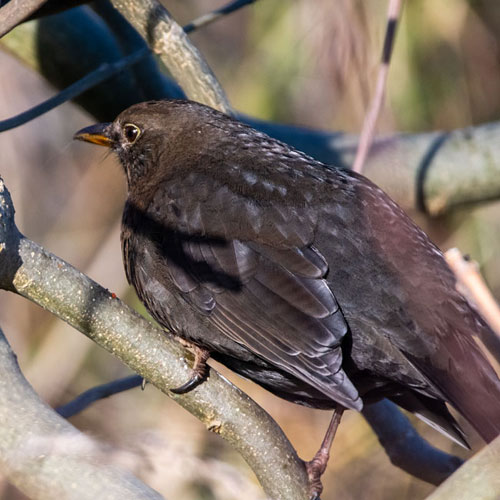 |
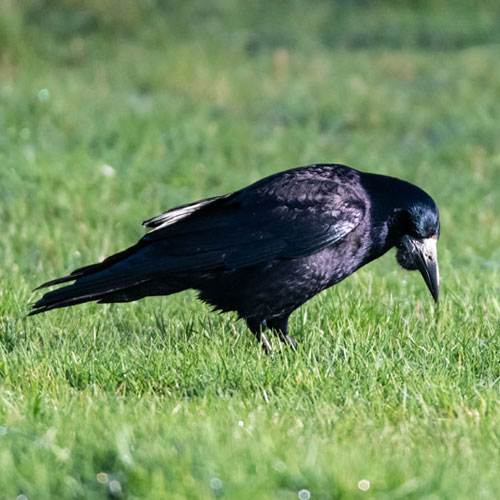 |
Looking south from the river we could see the familiar view of the ruin of Greenan Castle.
The incoming tide was approaching its maximum height so there were fewer birds there than we
would have liked. Even so, I got pleasing shots of a Black-headed Gull, a flying Carrion Crow,
possibly leucistic, and a Redshank, all close to the footbridge that spans the river. Further out on
the water there were a few diving Goldeneye and various birds flying past, such as Teal and Crows.
| Black - headed Gull |
Leucistic Carrion Crow |
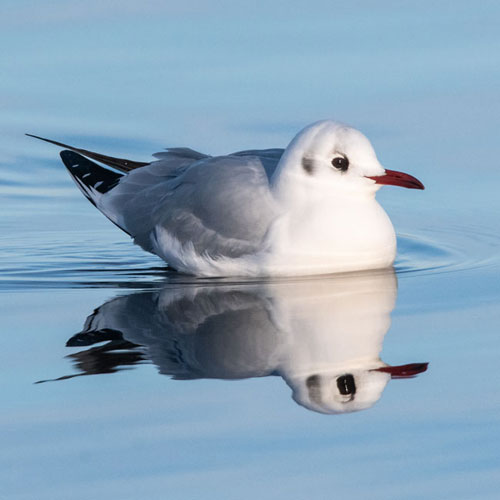 |
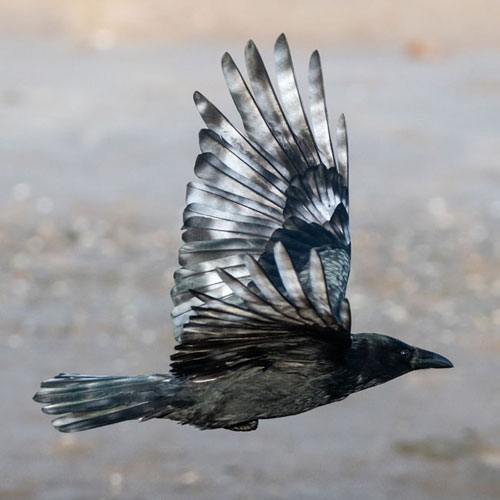 |
| Redshank |
Goldeneye |
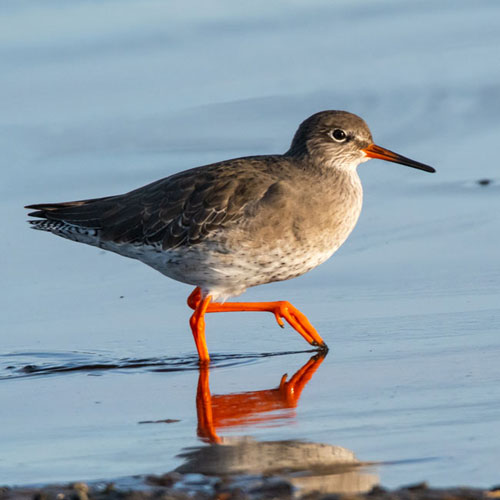 |
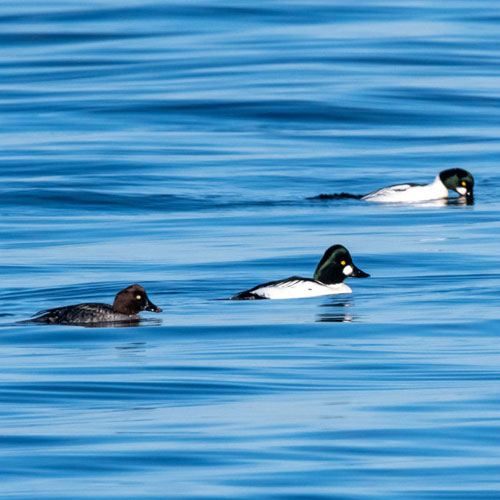 |
| Teal |
Carrion Crow |
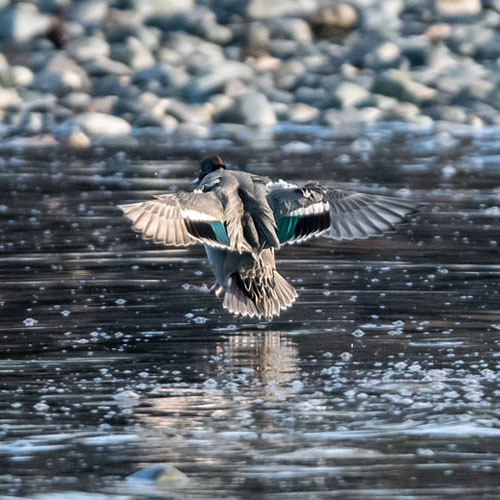 |
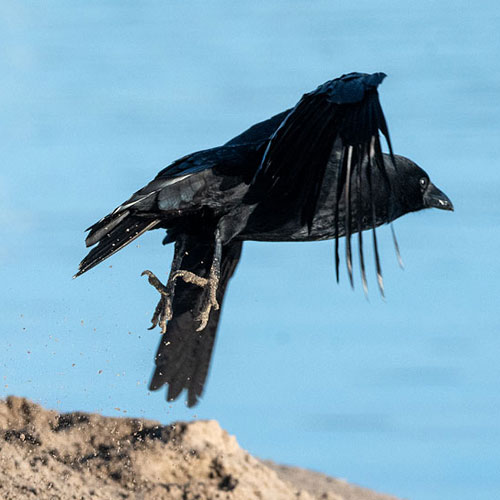 |
John drew my attention to a large flock of Turnstones that were flying along the opposite
bank. They settled on a rocky section across the river from us, where we could see a large deposit
of beached seaweed. Since seaweed equals wee beasties equals bird feeding frenzy we decided
to cross the footbridge to investigate.
As we crossed the bridge, John pointed out a large group of snoozing Redshanks on the river
bank and a Little Grebe that was diving in the blue water below us.
| Redshank |
Little Grebe |
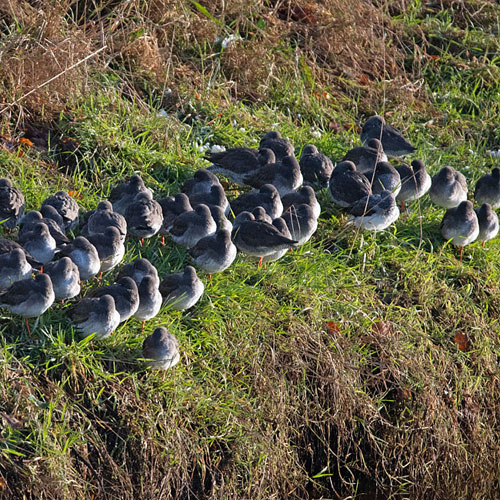 |
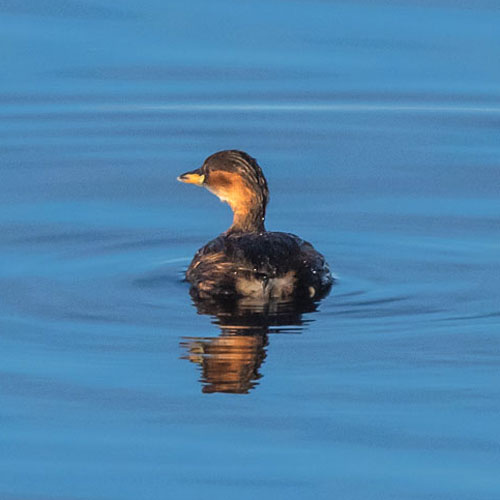 |
Below is the view towards Ayr as seen from the bridge.
A bold male Stonechat was keeping a beady eye on us as we stepped off the bridge. As
we suspected, there were many birds feeding on and around the seaweed. I quickly fired off shots
of Dunnock, Starlings and Rock Pipit as they scurried over the stinking weed catching
emerging invertebrates.
| Stonechat |
Dunnock |
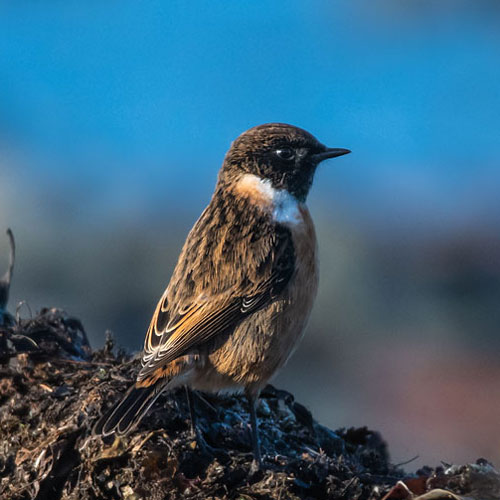 |
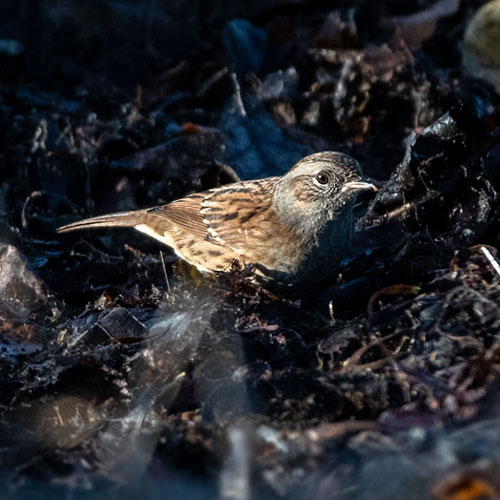 |
| Starling |
Rock Pipit |
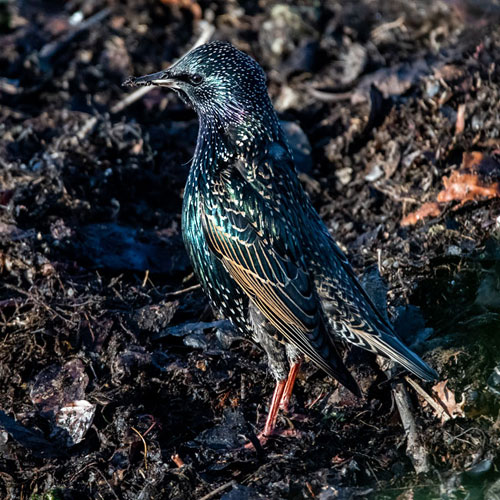 |
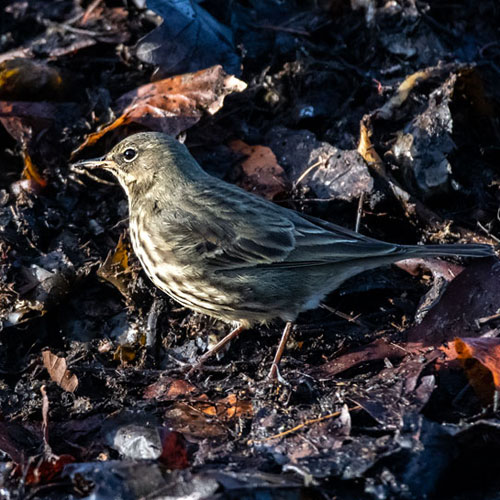 |
We got closer views of the Turnstones we had seen fly in. As their name suggests, they turn over
stones as they search busily along the water’s edge for invertebrates. Just beyond them on the
water there were several Teal doing much the same, only beneath the water. My attention turned
back to the seaweed when I heard an incoming Pied Wagtail that landed near the Turnstones and
then hopped over to the smelly pile of seaweed.
| Turnstone... |
|
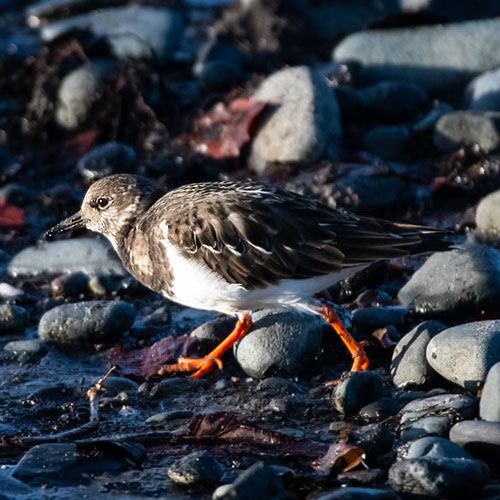 |
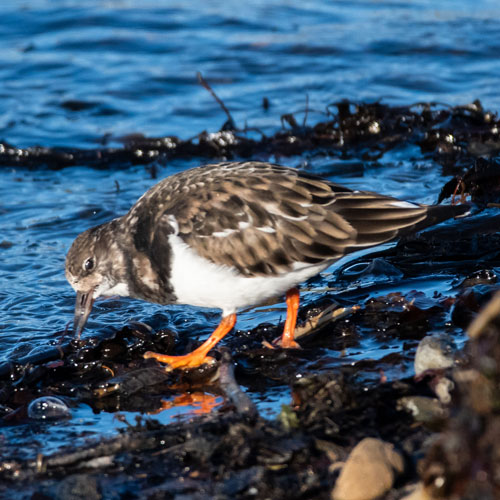 |
| Drake Teal |
Female Teal |
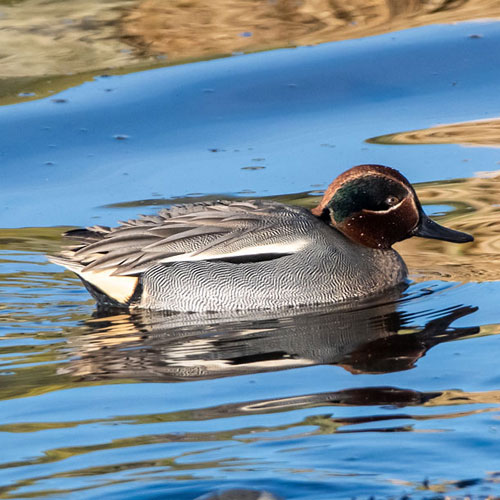 |
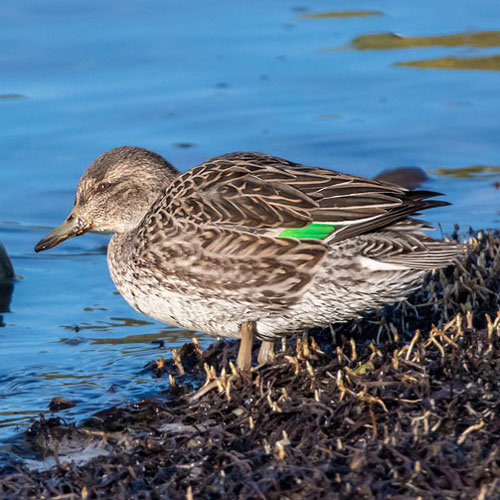 |
| Robin |
Female Pied Wagtail |
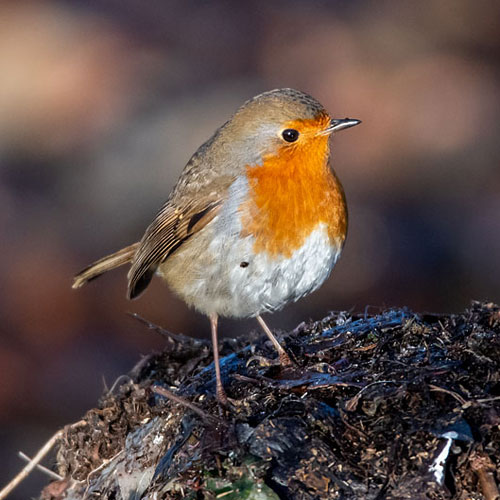 |
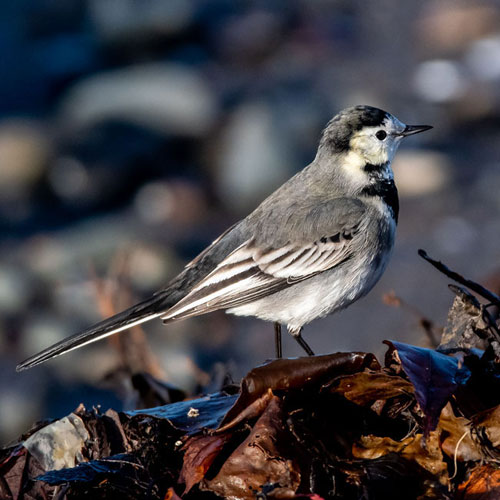 |
Accompanying the Wagtail was a Dunnock and then John spied a wee Wren nipping in and
out of view among boulders and light scrub. John used his binoculars to keep track of its
movements until I managed to snap it when it briefly climbed onto some branches. Next, a very
pretty female Stonechat appeared, not far from where we were sitting. With the Sun behind me, I
managed to carefully approach the bird and get a photograph without upsetting it.
| Dunnock |
Rock Pipit |
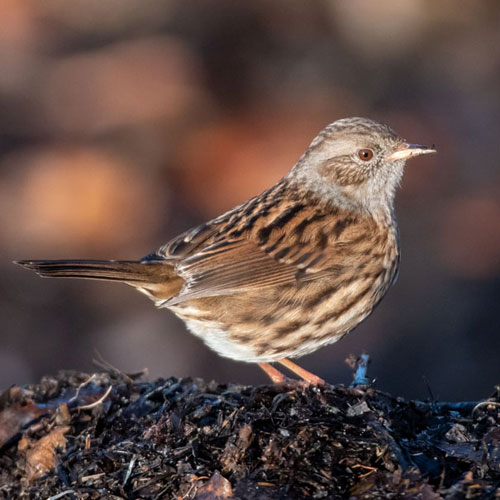 |
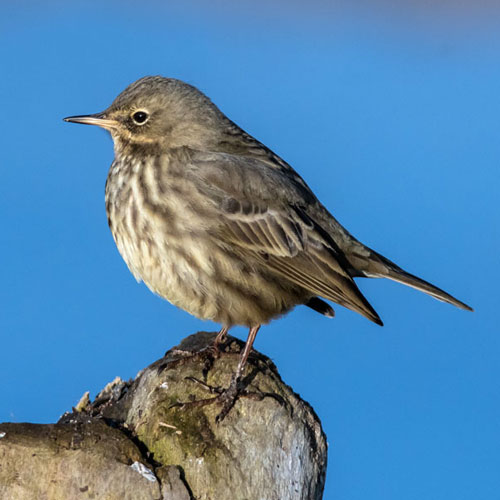 |
| Wren |
Female Stonechat |
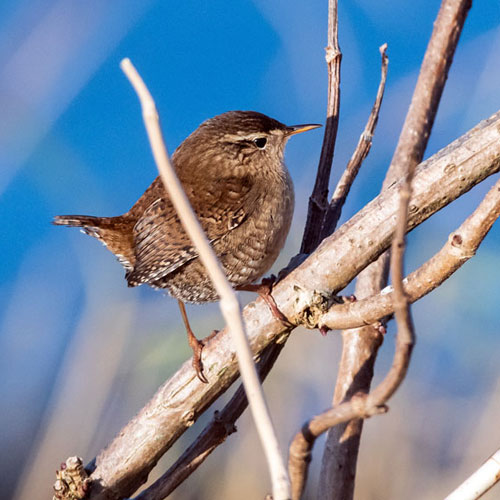 |
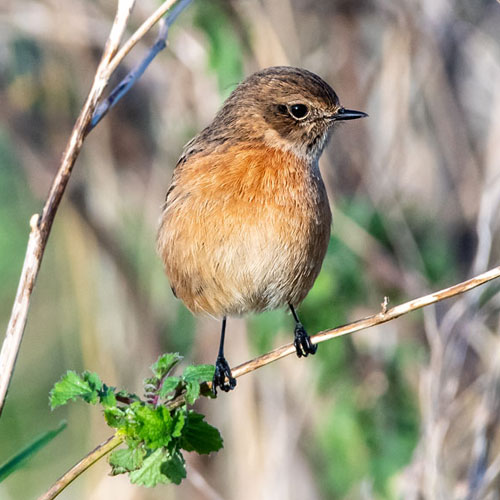 |
Looking back across the river, I could see where we were standing earlier was now flooded by the
incoming tide leaving only a narrow spit of sand which was occupied by some gulls, mainly young
Great Black-backed Gulls.
We were pleased to see a male Linnet near the seaweed. It was soon disturbed by a large,
but beautiful Carrion Crow, it’s glossy, black plumage shining in the bright, winter sunshine. We
decided to move back to the car and from there drive a few hundred meters down the coast to
the Greenan car park. But before we had even reached the footbridge, the “birdfest” continued
with shots of a pair of Turnstones, a juvenile Stonechat and two sightings of Song Thrushes, one
on the seaweed, and the other in the weedy undergrowth.
By the time we had reached the Greenan car park, the Sun had become obscured by clouds. We
did however, set off to walk up to and around the castle ruin. John quickly noticed yet another
Song Thrush which was standing about 20m away on the machair as it tackled some morsel it
had caught. The beach beyond it was birdless at high tide, although a single Mute Swan glided
over the water some 50m out. We found several Greenfinches feeding on the Hawthorns by the
machair and John spotted a Redshank, curiously bobbing its head up and down.
| Song Thrush |
Mute Swan |
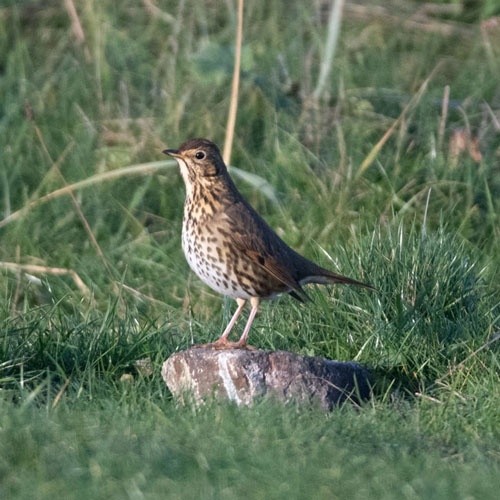 |
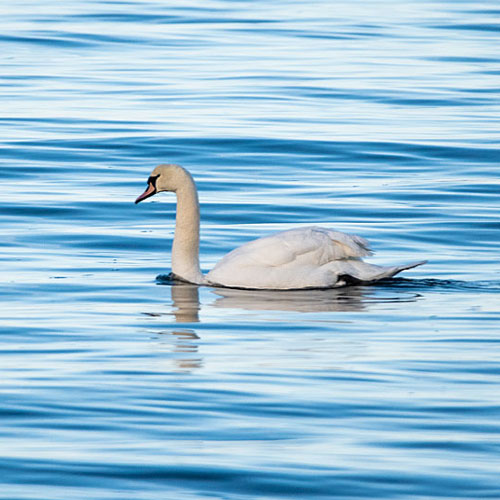 |
| Greenfinch |
Female Greenfinch |
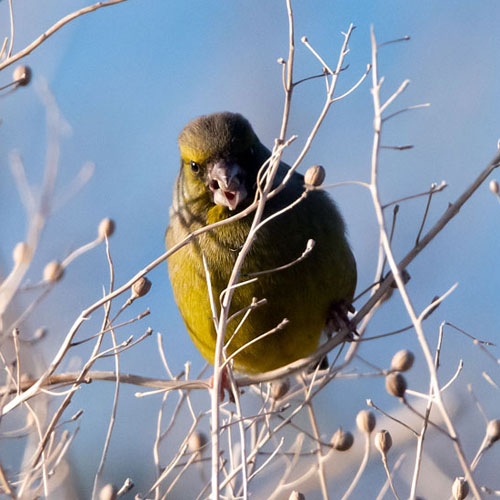 |
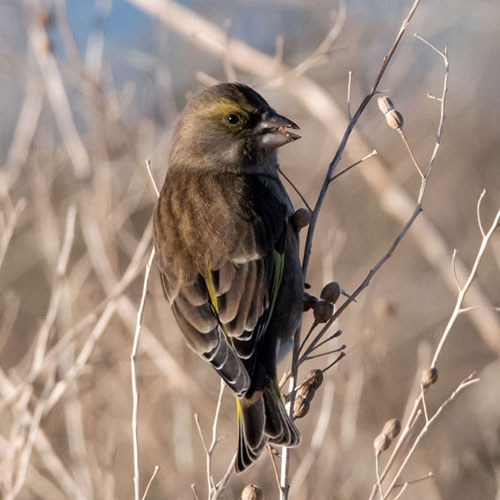 |
| Redshank... |
|
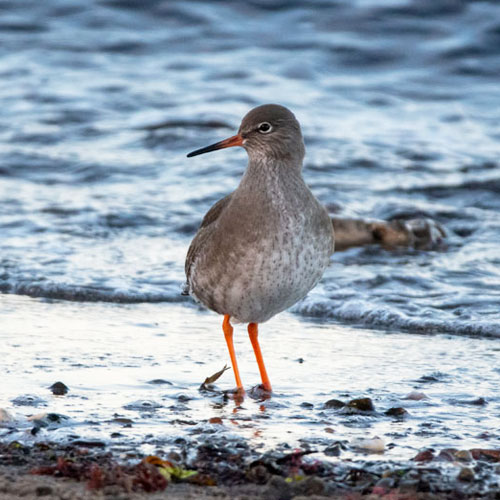 |
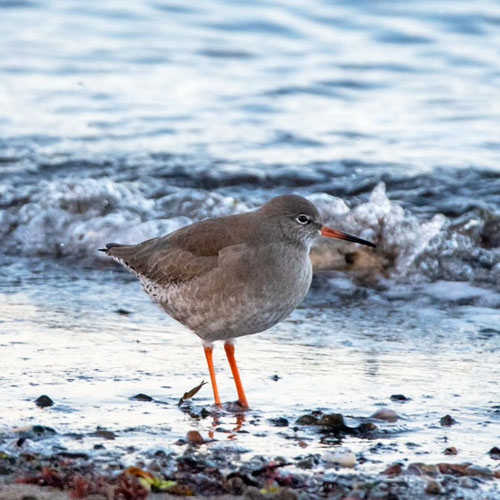 |
The light worsened so we decided to climb up to the castle before returning to the car. I’m glad
we did because we got a lovely twilight panoramic view of the castle.
My final shots were of an Oystercatcher passing below the Castle and a Robin bobbing in other
short grass just before the car park.
| Oystercatcher |
Robin |
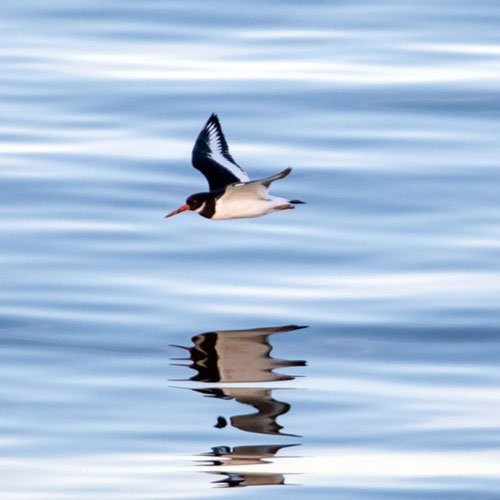 |
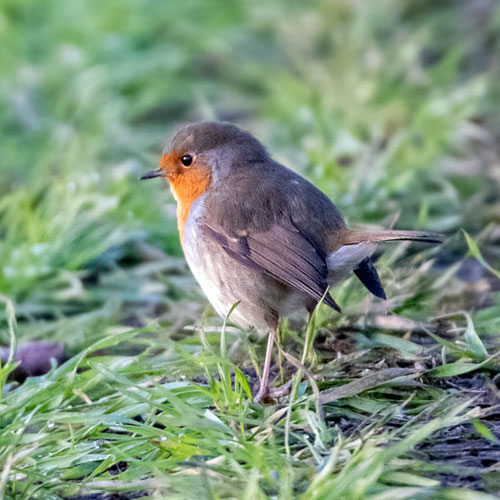 |
I can’t recall a visit when we made as many sightings in such a short period of time. The majority
of birds in this blog were photographed within the first hour. My favourites this week were the
Stonechats and Teal. Needless to say, we rewarded ourselves with tea and chocolate eclairs,
then, we drove up the A77/M77 with a sense of satisfaction and with hope that we could repeat
the process next week.
Week ending: 4th December 2022: Stevenston, Saltcoats, Irvine Harbour
On Sunday we headed for the North Ayrshire coast - Stevenston, Saltcoats and Irvine, since,
according to my WeatherPro iPhone app, the rest of Central Scotland was to be in the path of
frequent showers moving in from the east. We had breakfast in Stewartfield Morrisons which, I’m
sad to report, got our day off on the wrong foot (4/10: poor, due to poor reception at the till, the
very long wait for the arrival of our meals and the fact that most of our breakfast items were cold.
Apart from that it was fine).
We arrived to find Stevenston Point bathed in late Autumn sunshine, but we could see that the
surrounding areas of land and sea were cloud-covered and that it seemed just a matter of time
until the cloud would block out our sunshine. Below is the view of Saltcoats as we looked north
from the Point.
Unfortunately most the birds on the rocky “end” of the Point were silhouetted by the low sun to
the south-west. However, a wee nosey
Rock Pipit landed near us in a ideal orientation for a
picture. A large group of Oystercatchers were also well placed but were sleeping. A few Shags and
some Gulls were least well placed and difficult to make out with the sun behind them. John also
alerted me to a pair of birds, probably Guillemots, that were diving at least 250m from the
shore. He also spotted a young Shag that was diving just off the north side of the Point.
Not far behind the diving Shag, a first-winter Herring Gull was diving repeatedly in the shallows,
presumably for small fish.
On our way to Saltcoats we stopped briefly at Auchenharvie Loch which is almost surrounded by
a golf course. There is a small pond near the entrance to the golf course, where a few Mute
Swans and Mallards were feeding on the pond. We were amused for a time by a pair of Jackdaws
foraging around the car. At the Loch I could see a large flock of Canada Geese and three Mute
Swans on the opposite bank. There were also Herring Gulls, an adult and a 2nd winter Great
Black-backed Gull.
We next drove the half mile to Saltcoats Harbour where the outgoing tide was emptying the
harbour of water. We noticed a few Turnstones scouring the damp harbour floor for
invertebrates. We could also see a couple of Ringed Plovers and an Oystercatcher with the
same idea. A bonny wee Starling was foraging on a seaweed pile and a lone Redshank waded in
a large rock pool.
| Turnstone |
Ringed Plover |
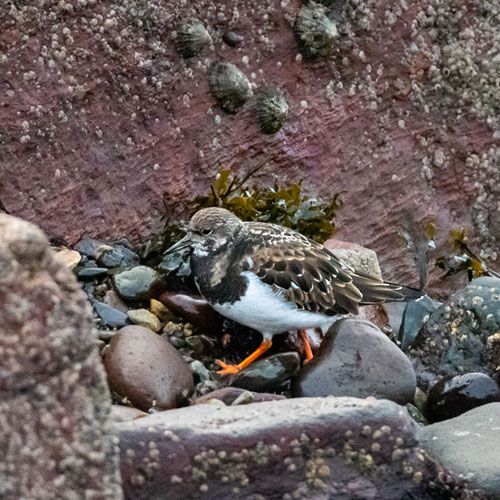 |
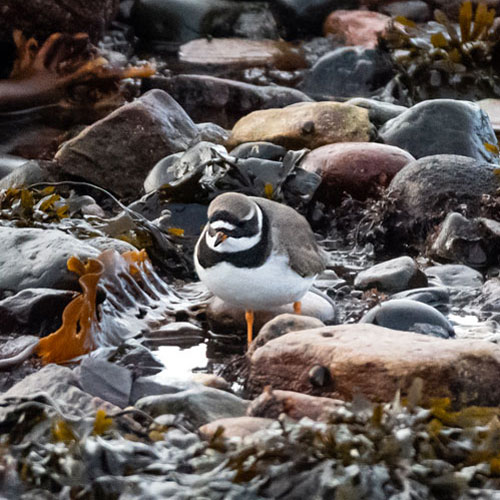 |
| Oystercatcher |
Curlew |
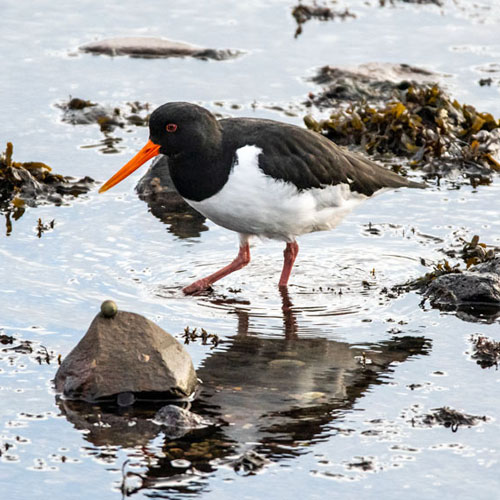 |
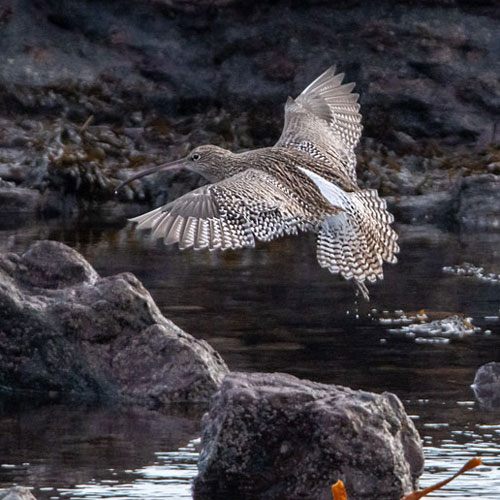 |
| Starling |
Redshank |
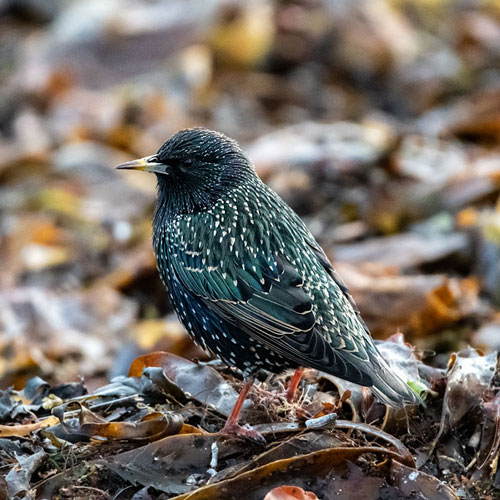 |
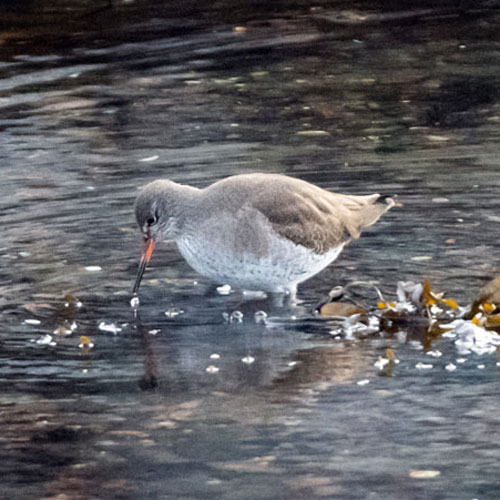 |
As we walked along the promenade, a quartet of Mute Swans powered north, probably aiming to
join other swans at the old paddling pools beyond the harbour.
We doubled back to investigate the opposite side of the harbour. From the pier we watched a
young shag battling a flat fish it had just caught. It made several unsuccessful attempts to
swallow it before it was pestered by, first a Herring Gull and then a Great Black-backed Gull. In
the end the fish was lost and all three birds left with nothing. Presumably, the fish didn’t survive
the battle, but you never know.
A flock of at least 80 Dunlin flew into the opposite side of the harbour and populated a long
exposed section of rock.
As I confirmed the identity of the Dunlins from my camera, a drake Red-breasted
Merganser sped past the harbour mouth. I also spotted, what at first I thought was a Redshank on
the rocks at the end of the sea wall, but which I soon realised was a Purple Sandpiper.
Happy with our sightings at Saltcoats we relocated about 8 miles south to Irvine Harbour. It was
pretty gloomy when we arrived, but when we looked onto the confluence of the River Irvine and
River Garnock John pointed out a surfacing Common Seal and I spotted a Grey Heron on the
opposite bank. A bold Pied Wagtail and a few Jackdaws were busy foraging on the promenade.
| Common Seal |
Grey Heron |
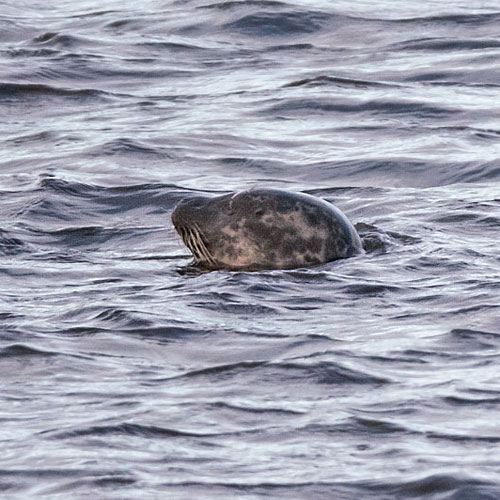 |
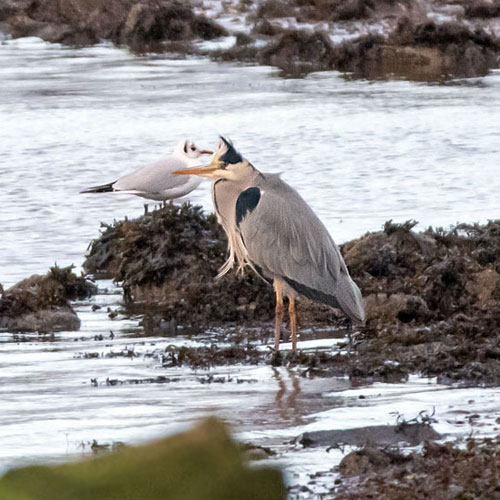 |
| Pied Wagtail |
Jackdaw |
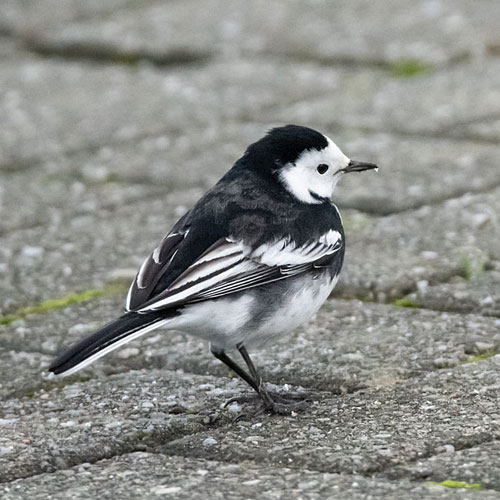 |
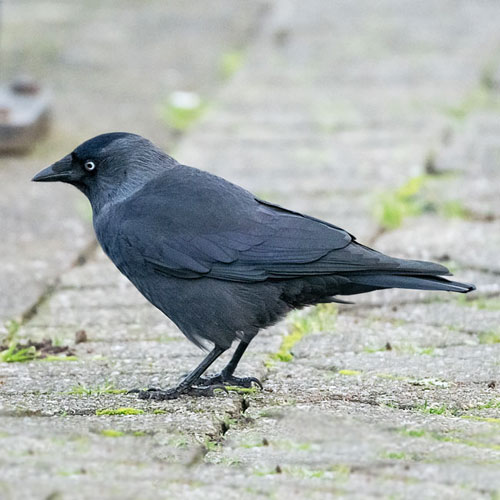 |
We walked to the mouth of the estuary. On the way, we passed a few Feral Pigeons picking up
scraps discarded by humans. A Cormorant flew up the estuary and disappeared up the the River
Garnock. John discovered a Curlew picking its way along rocks on the opposite bank while a
large Herring Gull sitting on top of a tall pole watched me take the pictures.
| Feral Pigeon |
Cormorant |
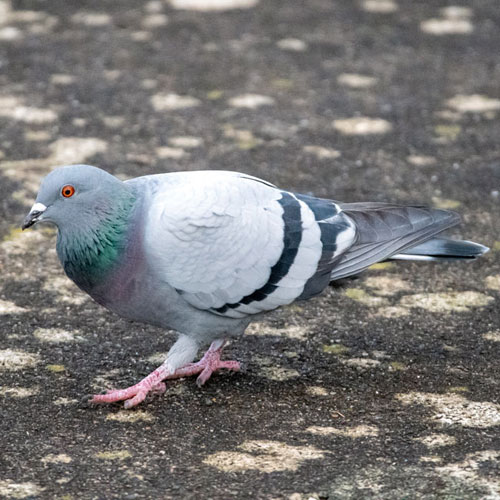 |
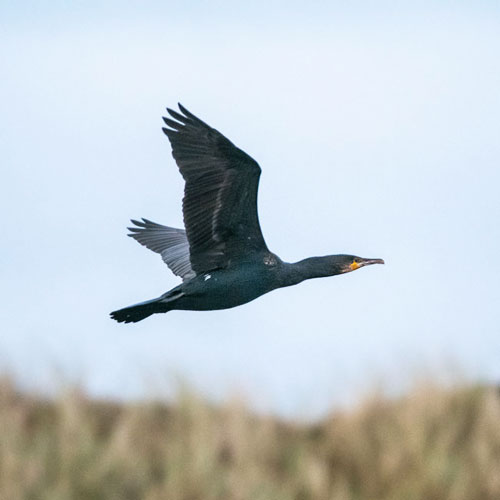 |
| Curlew |
Herring Gull |
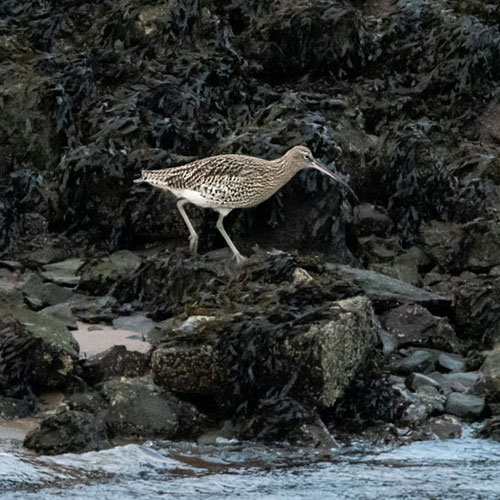 |
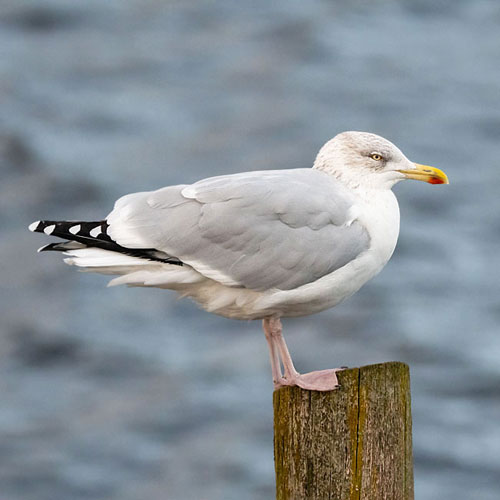 |
The light deteriorated and the the wind became uncomfortably chilly, so we retired to the car,
poured out the teas and removed two mixed fruit cream tarts from their packs. As we downed
them, I reflected on the birds we’d seen. My favourites were the Purple Sandpiper, the Shag that
lost its fish and the dipping Herring Gull. Next week’s trip threatens to be even chillier, maybe
even snowy. I’ll look out my winter coat and hat then.
Highlights - December 2022
We present this month’s gallery of my
favourite pictures I’ve taken during December 2022. They are
not listed in the order they have been taken, but according to a series
of themes. I’ve kept
commentary to a minimum, preferring to let each picture talk for itself.
BY THE SEA I
| Rock Pipit |
Carrion Crow |
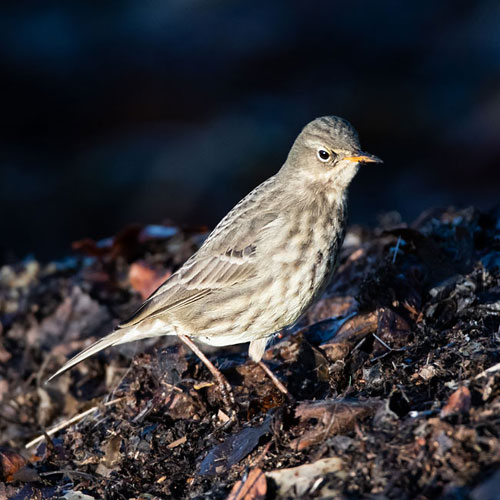
|
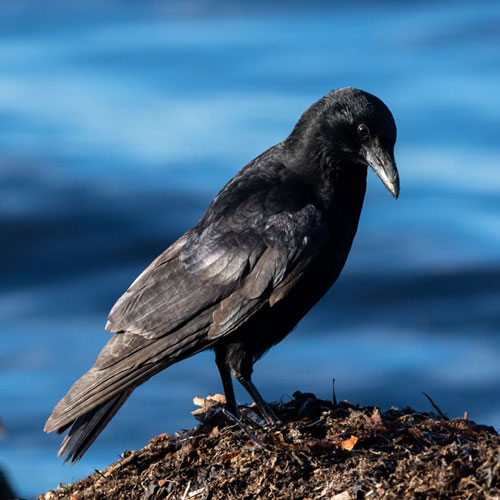
|
| Male Goosander |
Dunlin |
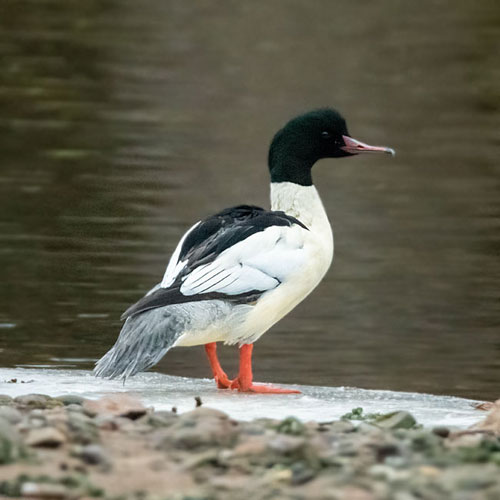
|
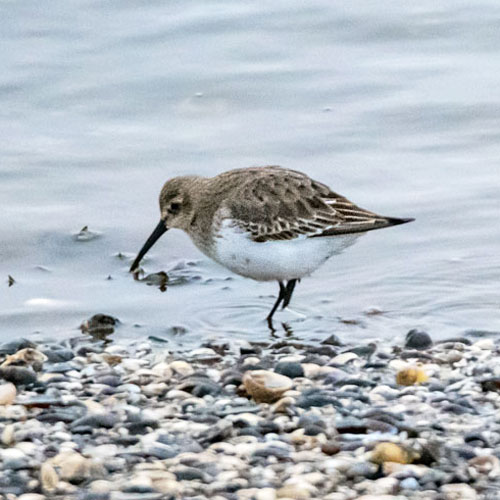
|
| Dunnock |
Grey Plover |
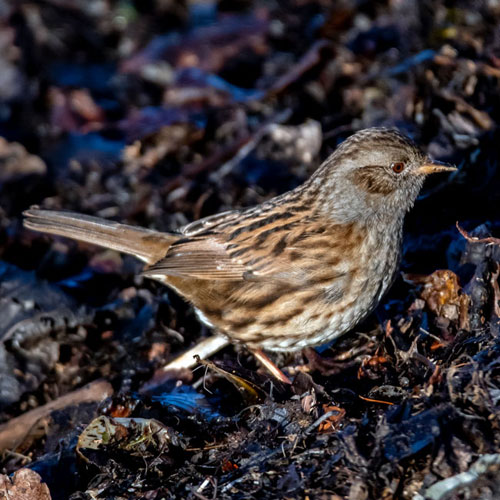 |
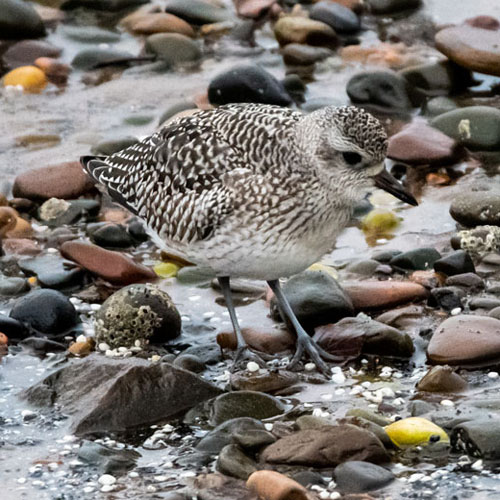 |
MAMMALS
| Grey Squirrel |
Roe Deer |
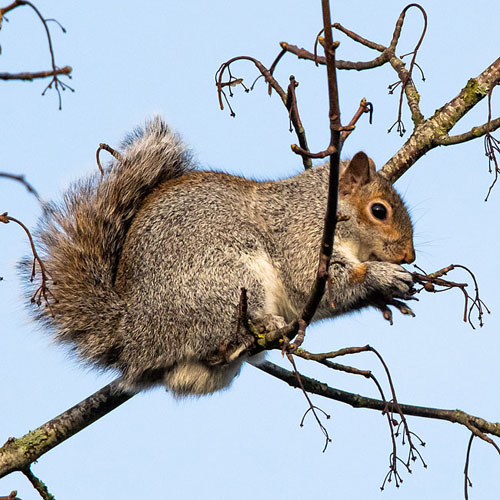
|
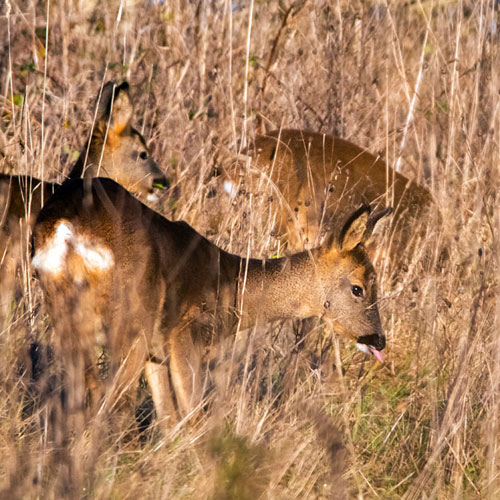
|
PORTRAITS
| Robin |
Mute Swan |
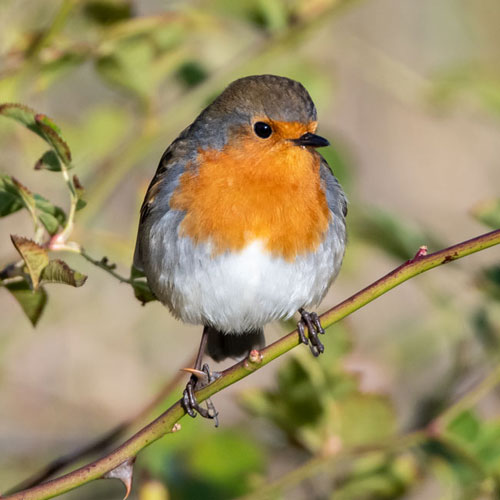 |
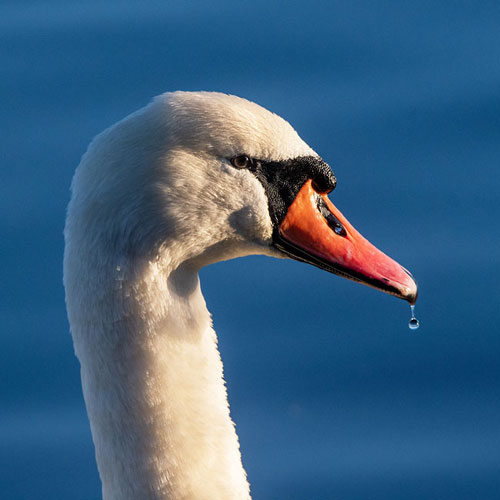
|
| Female Stonechat |
Pied Wagtail |
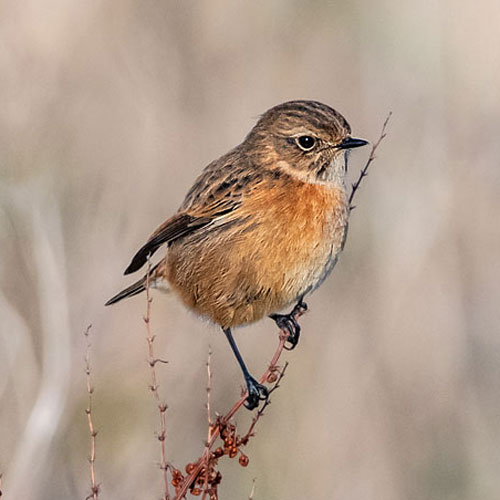 |
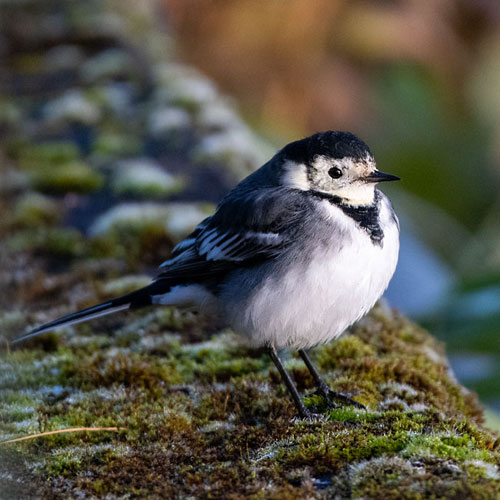
|
WINGS
| Female Goosander |
Curlew |
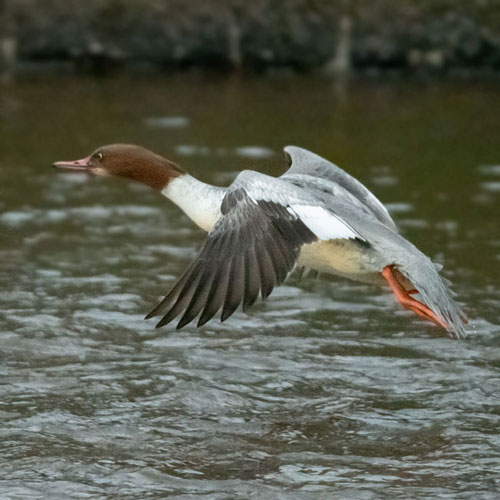
|
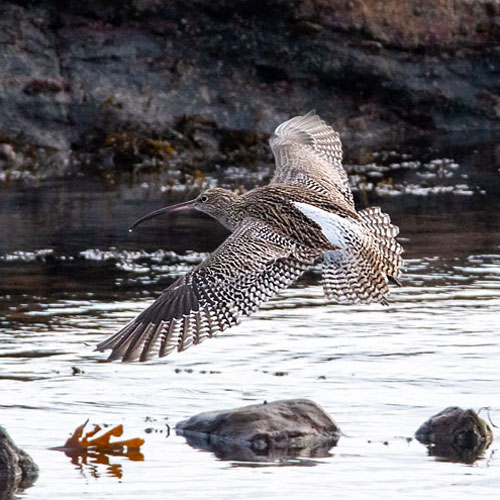
|
| Mallard |
Black - headed Gull |
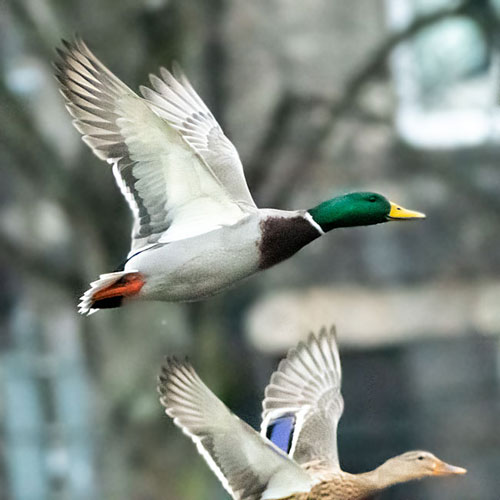
|
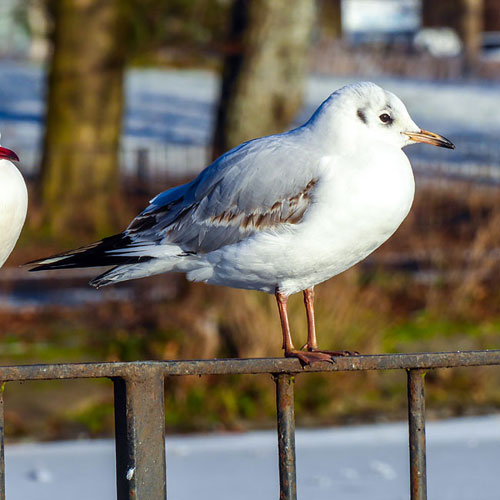
|
BY THE SEA II
| Jackdaw |
Linnet |
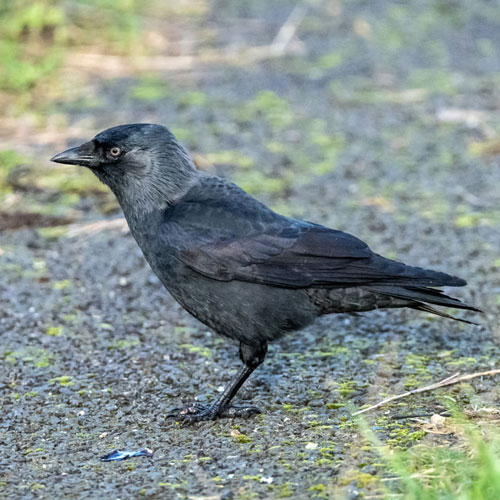
|
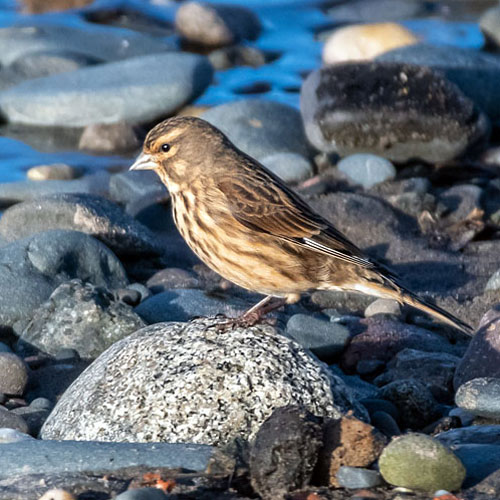
|
| Long - tailed Tit |
Robin |
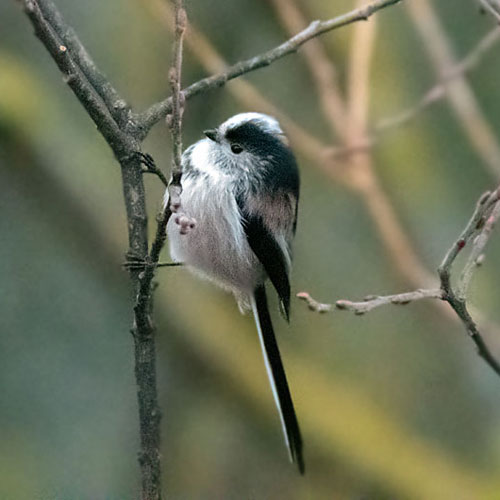
|
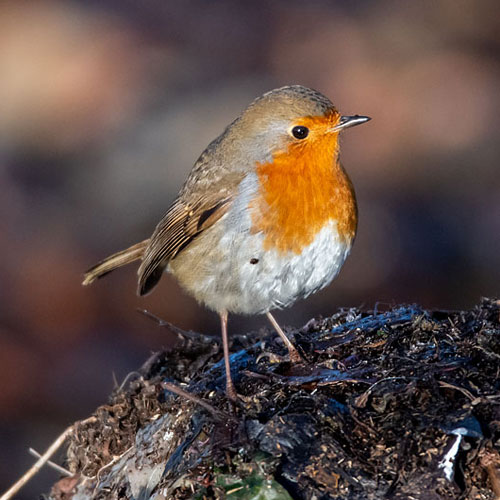
|
| Oystercatcher |
Redshank |
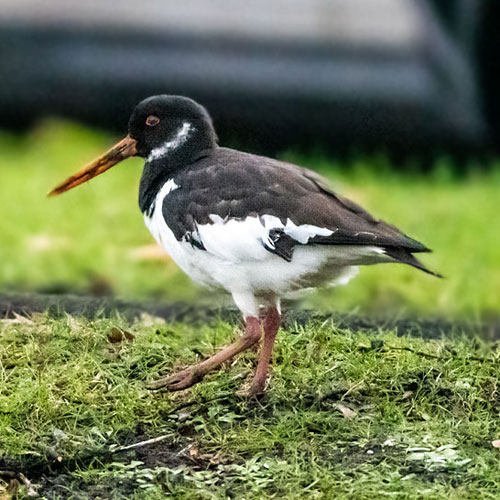 |
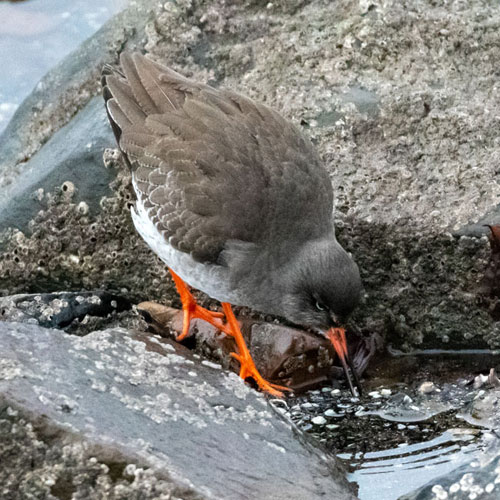 |
REFLECTIONS
| Juvenile Moorhen |
Teal |
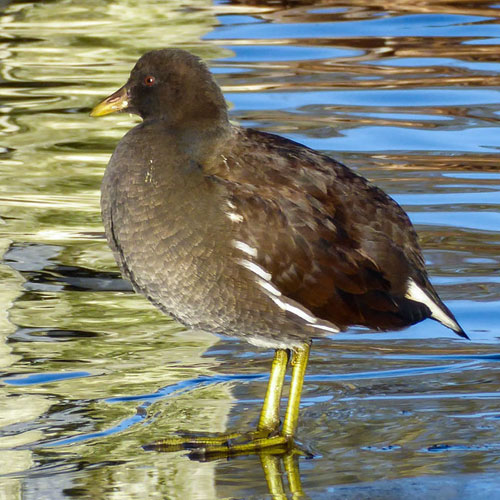
|
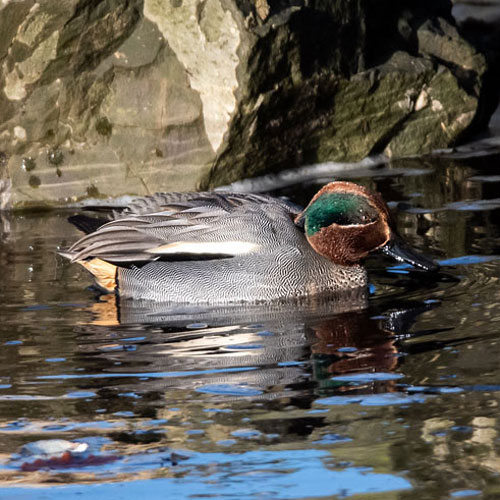
|
| Bar - tailed Godwit |
|
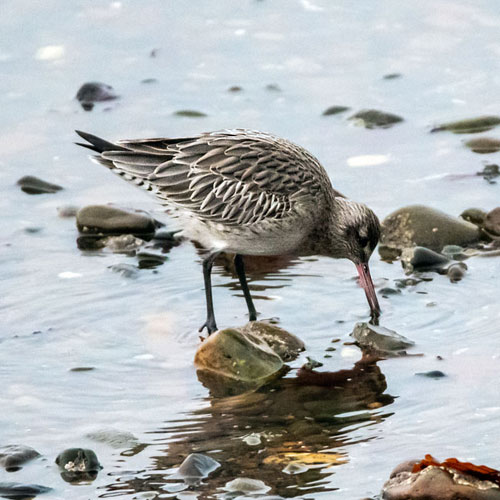
|
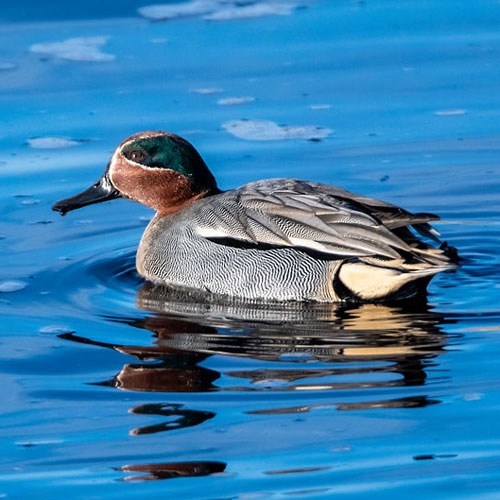
|
| Whooper Swan |
Goldeneye |
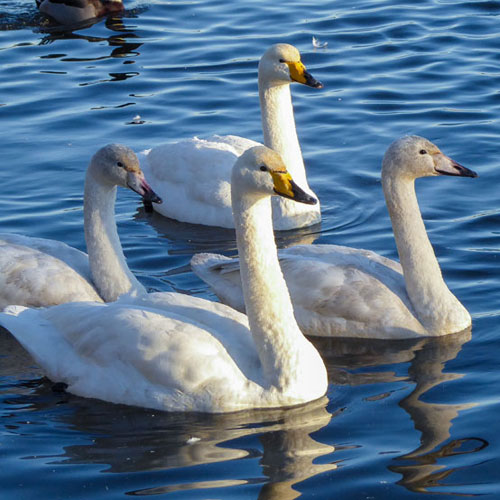 |
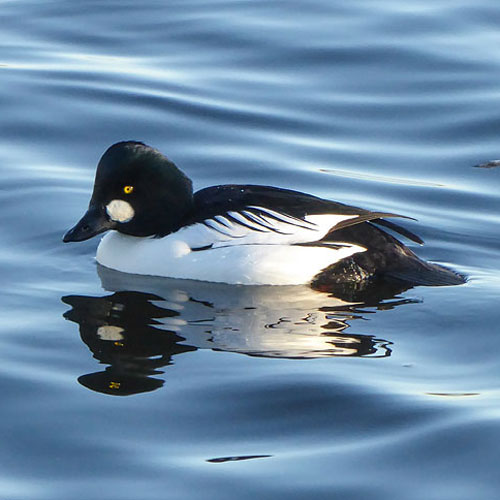 |
| Redshank |
Mallard |
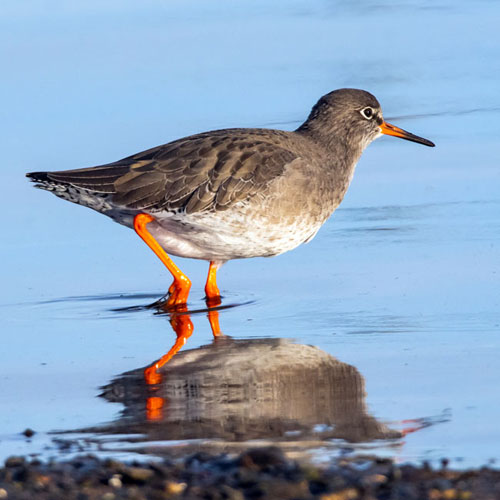 |
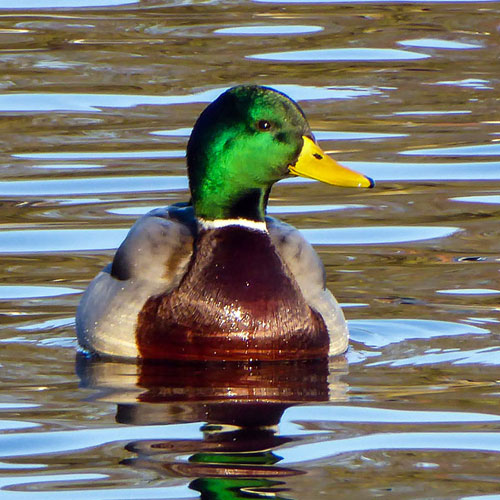 |
PARK BIRDS
| Greylag Goose |
Blue Tit |
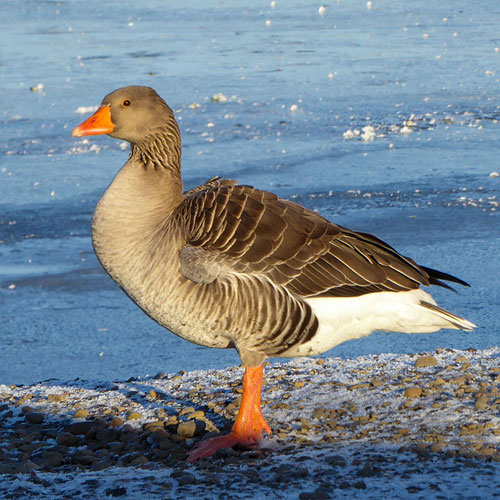
|
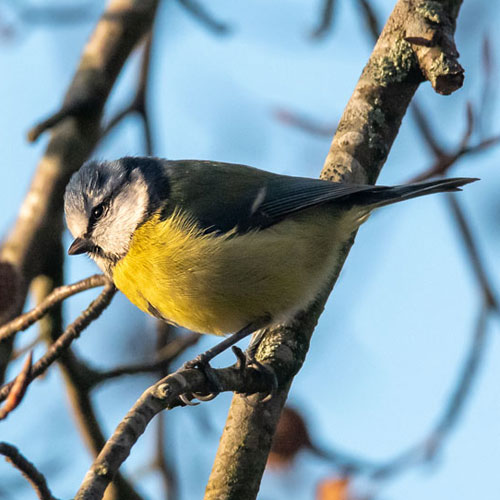
|
| Carrion Crow |
Fieldfare |
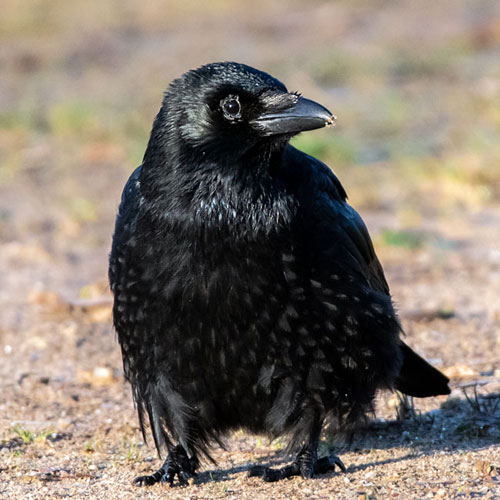
|
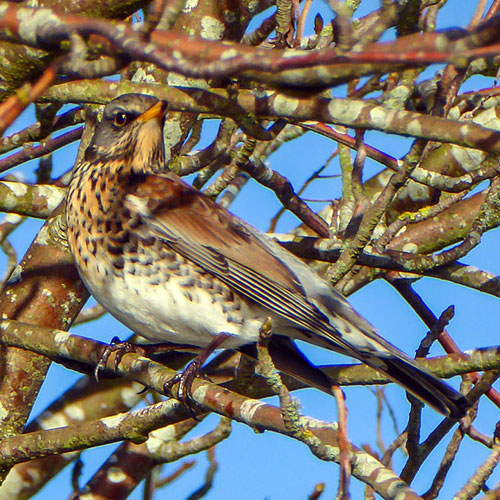
|
| Water Rail |
Moorhen |
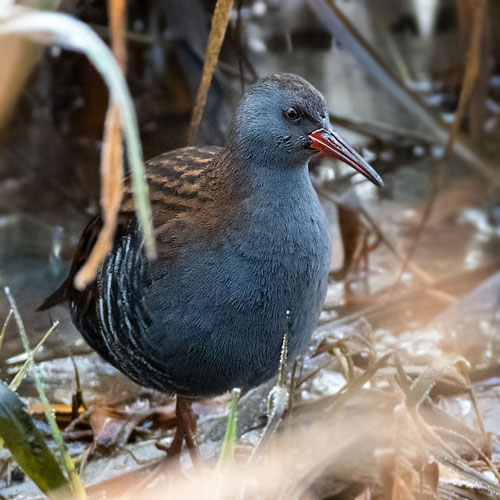
|

|
Back To Top
|

